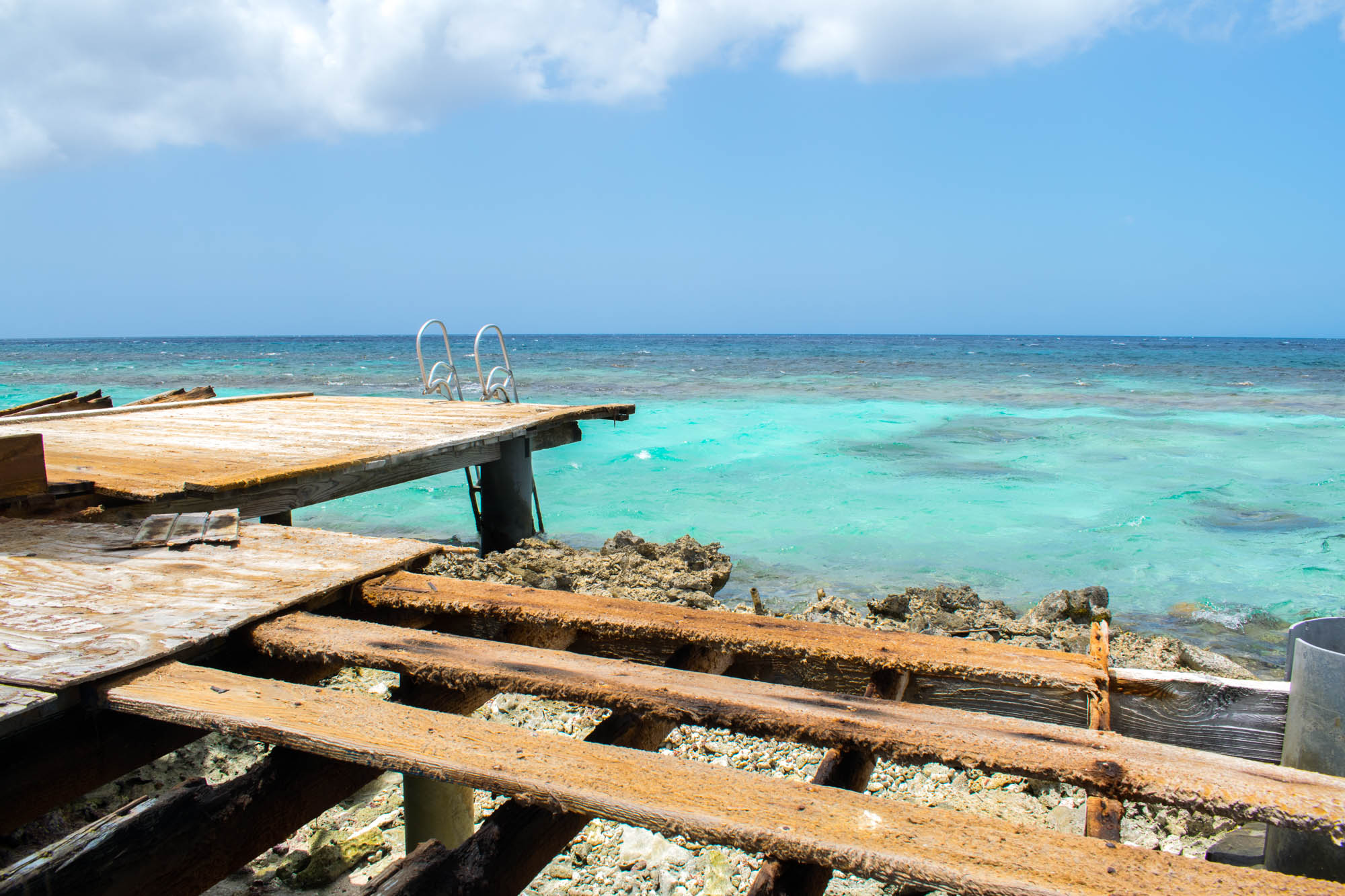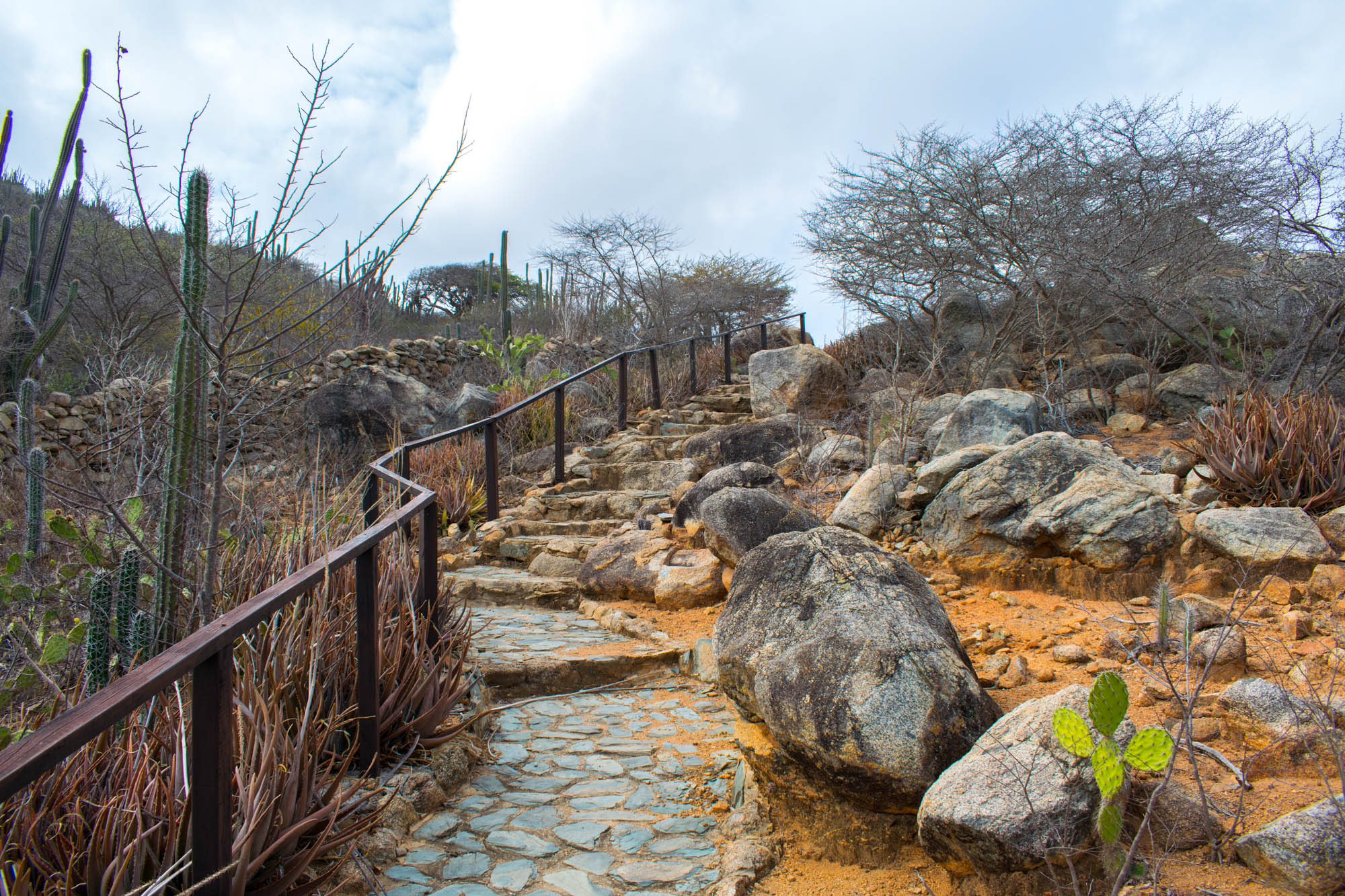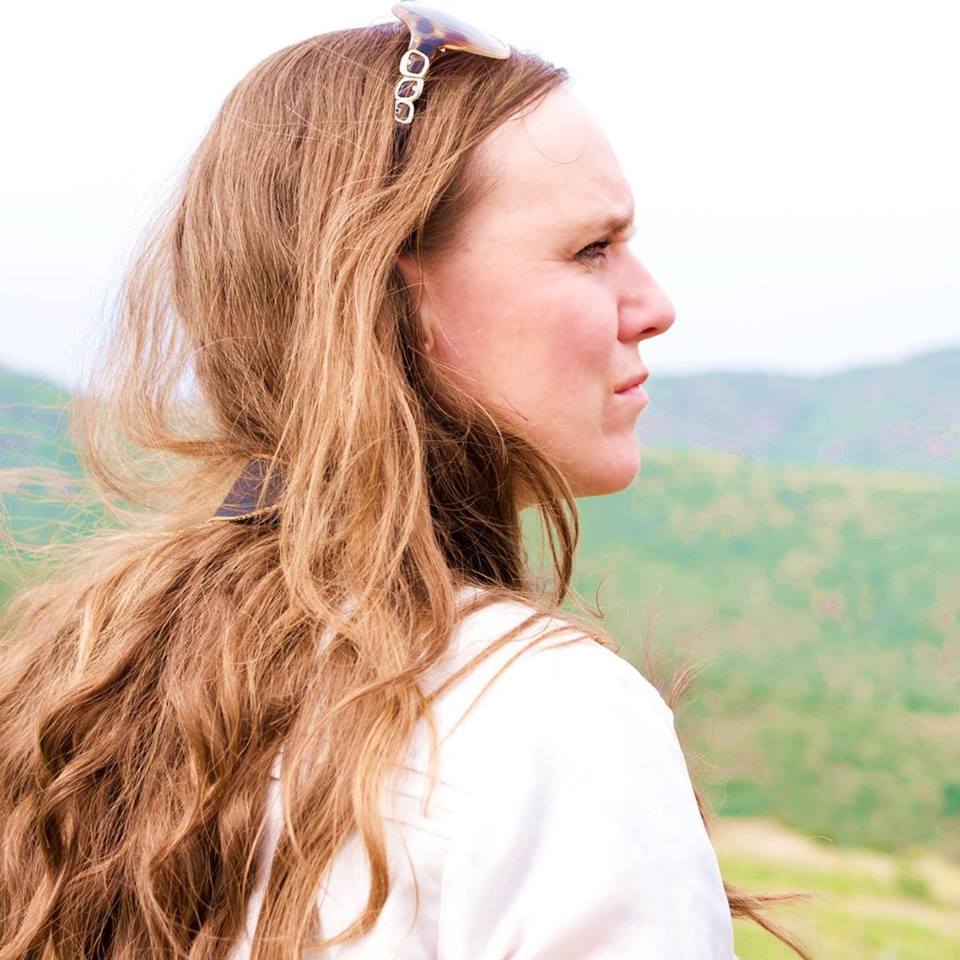Gauja National Park in Latvia: A Melting Pot for Nature, Culture and History
Gauja National Park is located only a short drive away from the Latvian capital of Riga. This makes it the perfect road trip destination for curious travellers looking for experiences off the beaten path.
The area of Gauja has been protected since 1973, and it’s both the oldest and the largest national park in the country. In fact, it stretches all the way from Valmiera in the west to Murjani, which is situated east in the Gaujan Valley. The river Gaujan runs through the park, and rather effortlessly divides it into two.
In order to experience the very best of the Gauja National Park, I set out on an epic road trip through the area with my colleague, Beckie from Borders of Adventures.
Promotional content
Historical Monuments and Unique Scenery
With more than 500 historical monuments, countless cliffs, grottos and streams, and plenty of exciting outdoor activities there is truly something for everyone here in Gauja National Park. And with so many possible options, it can be hard to decide on what to see and do first.
Becki and I, in close collaboration with the Latvian tourist authorities, set out on a 5 day road trip which was jam-packed with amazing sights and adventures. During our trip, we were lucky enough to experience several outdoor activities, visit impressive historical villages and monuments, learn about the local wildlife and cultural rituals, and try some delicious food. We also discovered traces of Latvia’s past as a part of the Soviet Union.
We were also able to visit the villages Cēsis og Līgatne, which are actually located within the borders of the national park, and the villages of Vidriži og Ērgļi, which are situated nearby.
Enjoy the Drive and Take Your Time
A road trip in the rural areas of Latvia can bring some unexpected challenges. One of them was orientation. Although we had a GPS system included in our rental car, we quickly discovered that the roads it suggested as the fastest route often weren’t proper roads at all. At some point we were directed straight out into a field, and at other times we ended up on narrow and winding paths that snaked their way across the landscape. While we succeeded in seeing a lot of the Latvian countryside, we also got to experience plenty of places that probably aren’t included in any of the guidebooks…
As you can’t fully trust the GPS, my recommendation is to plan some extra time and simply enjoy the ride!
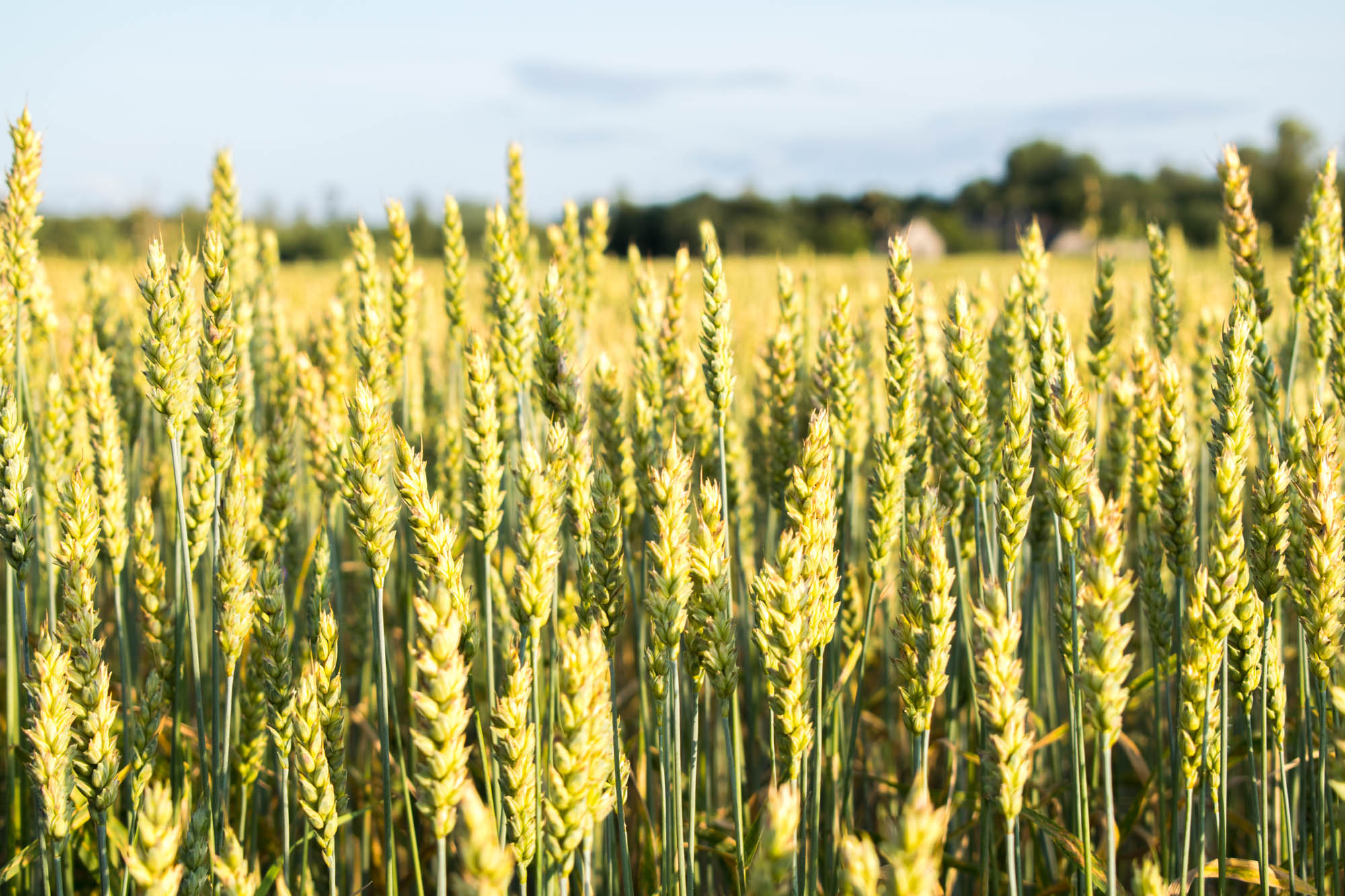
Medieval Traces in Cēsis
Cēsis is a charming village with a very relaxed and creative atmosphere. The city centre consists of pastel coloured houses, and picturesque shops and cafes. No wonder it’s such a popular holiday destination during the summer months! However, the most popular tourist magnet in this area is Cēsis Castle.
Visiting Cēsis Castle
Cēsis Castle is the largest and best kept medieval building in Latvia. Behind the tall castle walls, you will find a little green square with several small and larger buildings. Within the square, there is a local museum focusing on the history of the castle and the local area, and nearby a large castle tower that one can visit. Several little tourist shops are also situated within the grounds. All the employees wear medieval garments, so it almost feels as if you have travelled back in time.
You can either join guided tours of the castle, or you can be a little adventurous and discover the grounds on your own. We chose the latter option, and decided to climb up the westernmost tower. In order to climb the tower, we needed to climb a steep spiral staircase. To complete the authentic experience, the staircase was pitch dark inside the tower. That’s why we brought with us an old-fashioned lamp from a cute stall we found outside, providing all the visitors with a candle light lamp for the climb.
It was incredible to walk around the old tower, and we got a new sense of awe for all the people who had climbed it during Medieval times.
Our first stop in the tower was the Master’s Chamber. Here, we found a man dressed as the local master himself – complete with an impressive throne and a desk where he could spend his time contemplating life, politics and local matters. A little bit further up in the tower, they had an interactive presentation covering the centuries from when the castle was first built and up until modern times. The presentation focused especially on big events and developments happening in the village and the local area.
At the top of the tower, there were plenty of little windows in the wall that provided us with a brilliant view of the surrounding areas.
Whether you’re travelling with children or you’re simply just a curious adult, I can highly recommend that you make a stop at Cēsis Castle to learn more about its medieval history.
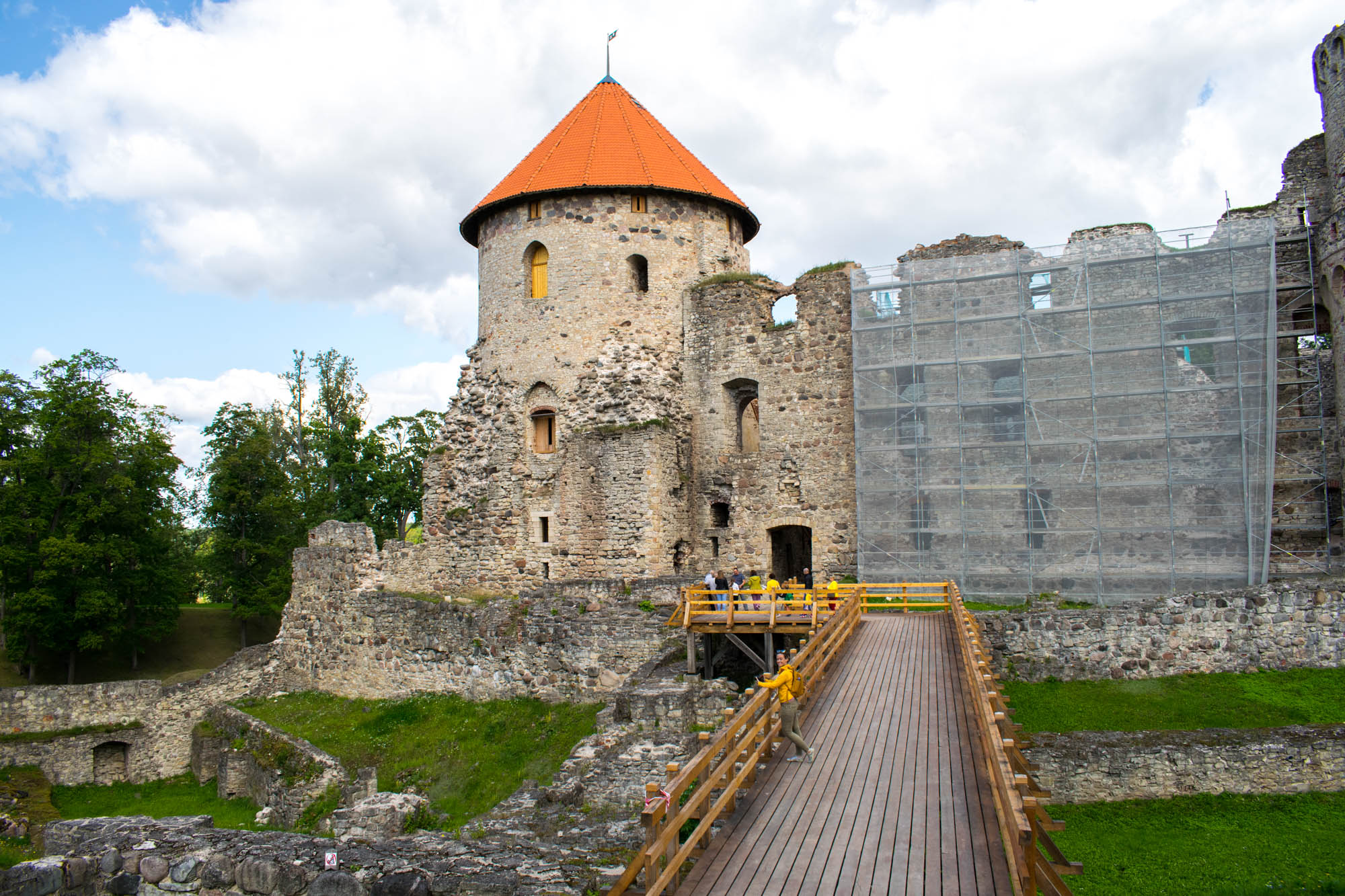
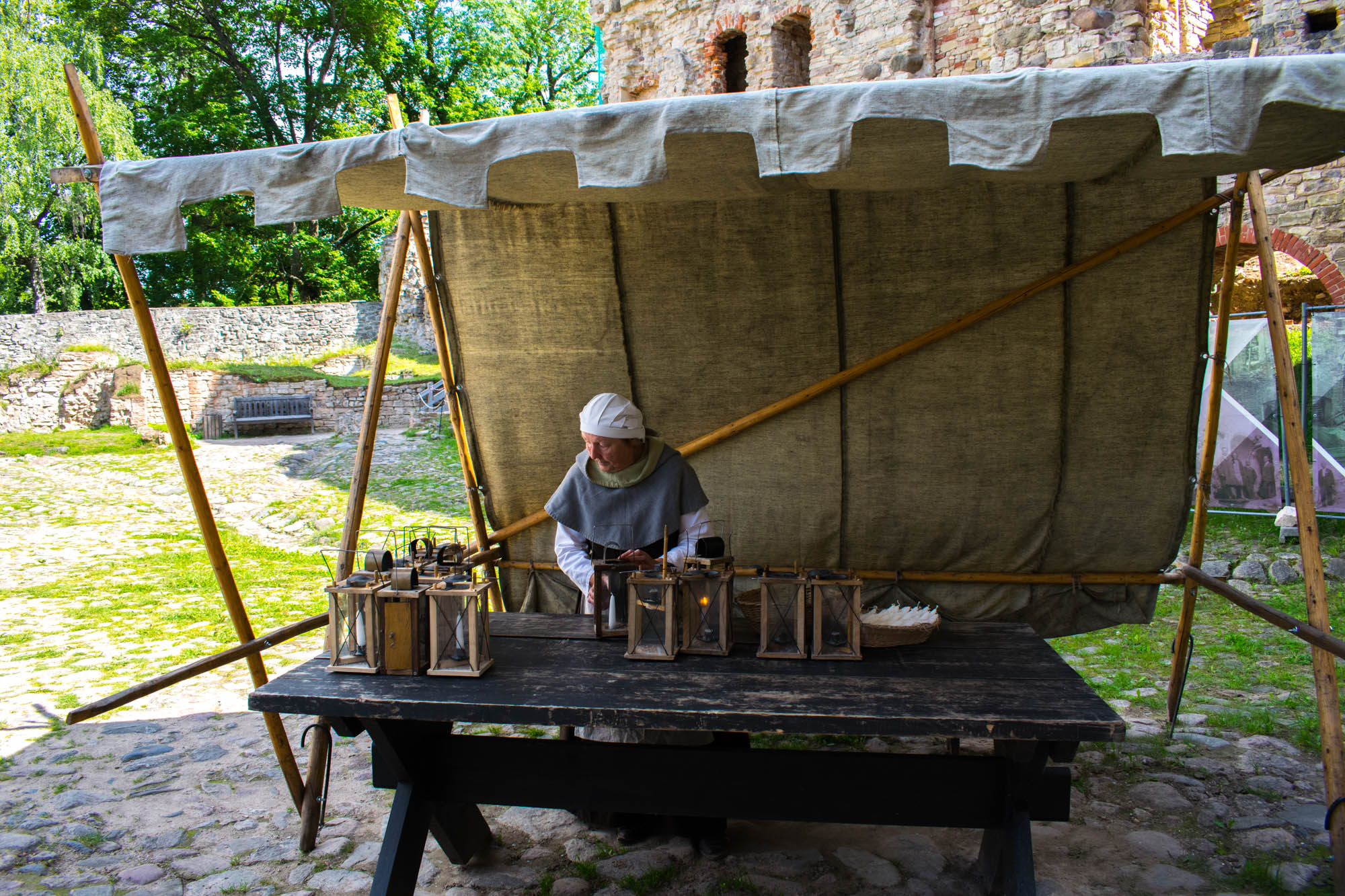
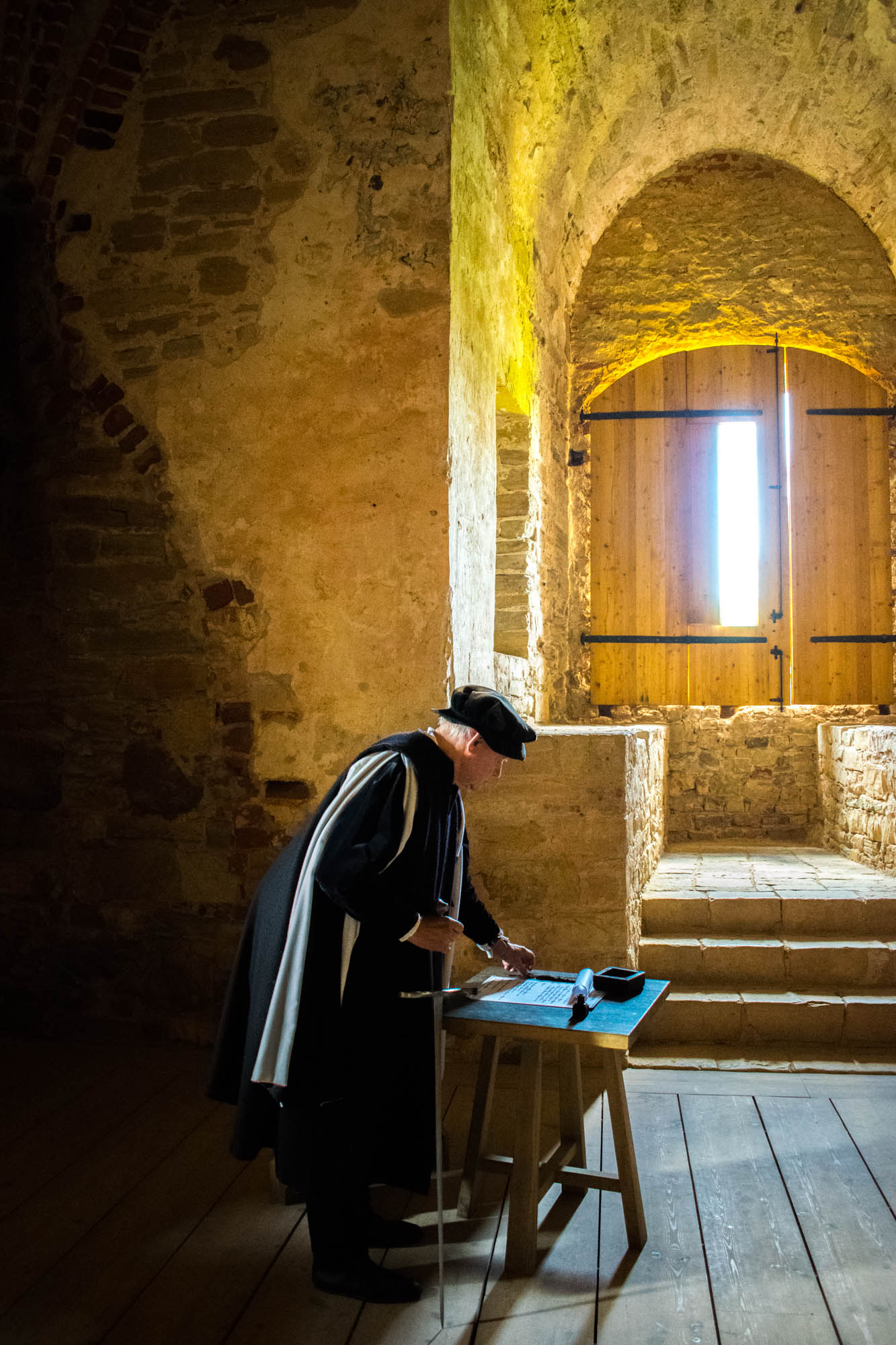
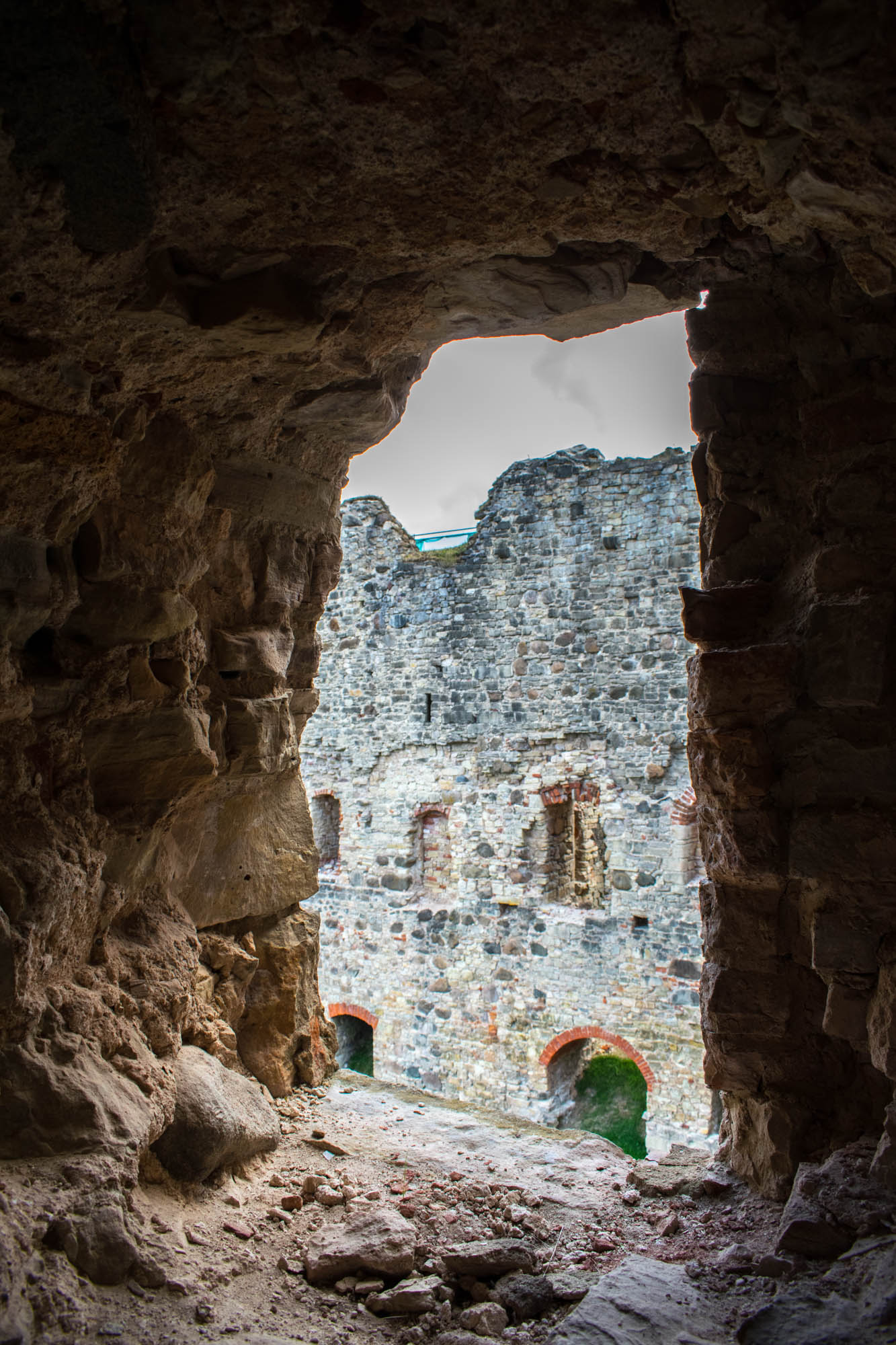
Culture, History and Nature in Līgatne
Just like Cēsis, Līgatne is also situated within the national park. Although the village only consists of a handful of houses, located right next to the river Gauja, you can also find the derelict remains of the old paper factory. The empty buildings are now a monument to the industrial heritage of the area.
While this might not sound like the most interesting of places initially, the area still offers plenty of access to amazing nature and incredible outdoor experiences. Let’s take a closer look at a few of the options.
Cave Hiking in Līgatne
Near the village in Līgatne, there is a highly recommended hiking path. It’s only 4 km long, but it takes you through a stunning walk past green fields, steep cliffs and sandstone caves. It will also take you past a viewpoint, where you can pause for a brief moment and admire the beautiful scenery.
If you’re hiking this path, I can only recommend that you plan in an extra stop near the Līgatne caves. In addition to looking beautiful from the outside, the also contain plenty of decorations inside. There are more than 300 of these caves in this area, and they have all been dug out by hand by the previous occupants of this area.
The cool temperatures of Latvia transformed the caves into the perfect refrigerator. Here, the locals could store their food and drinks without fear of it going bad. The tradition is kept alive even today: along the hiking path, you can stop in one of the caves for a tasting of the local rhubarb wine.
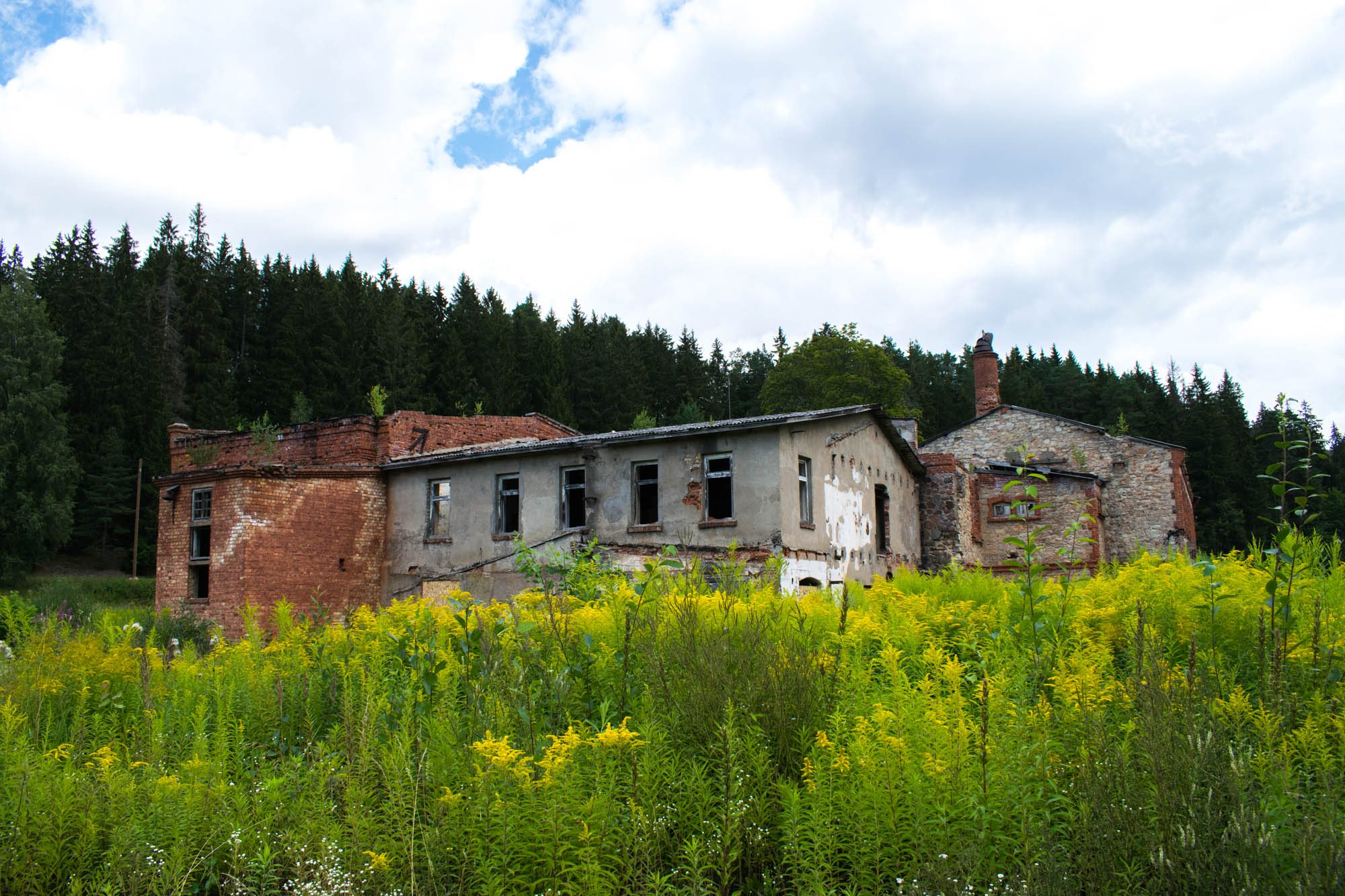
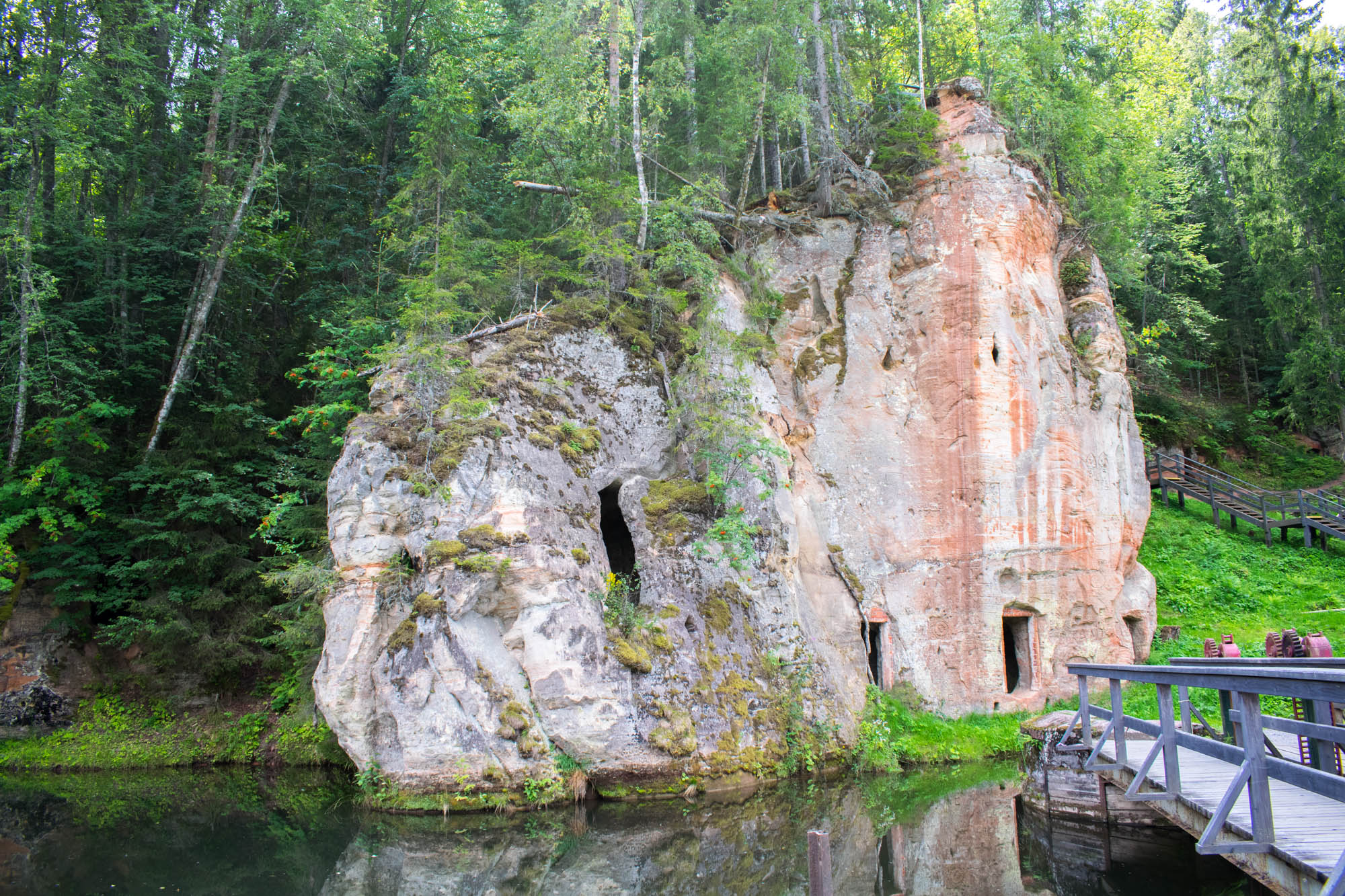
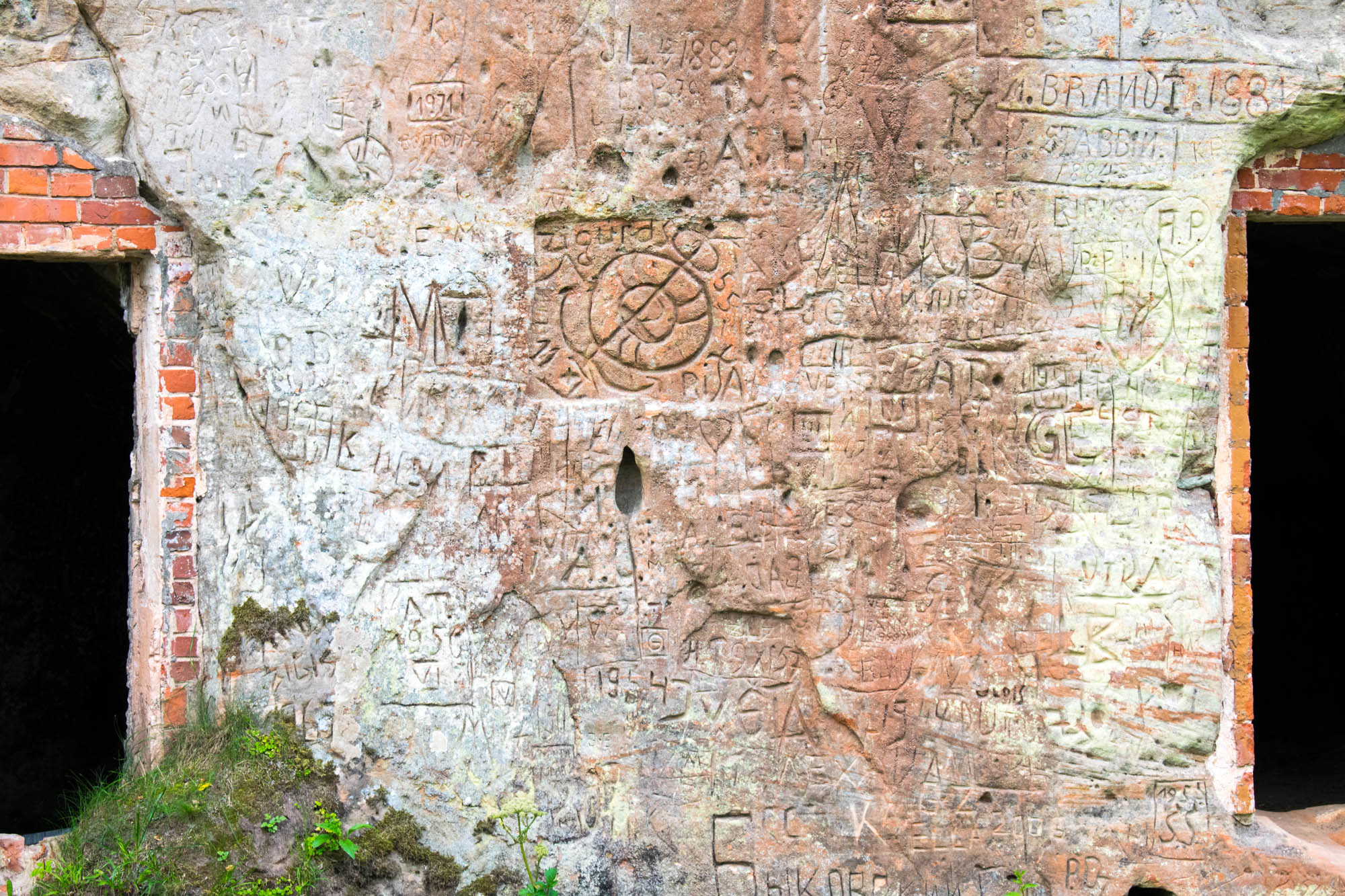
Stay in an Old Helmet Factory at Hotel Zeit
If you want to discover more of the local area, you should consider checking in to Hotel Zeit. Located on a hillside in Ligatne, the rustic hotel is actually an old helmet factory!
Not to worry, however, as the building has recently been modernised. All the rooms differ in style, and they have all been decorated with their own specific theme. I stayed in the Gardner’s Room, which was beautifully decorated with green, earthy colours and flower patterns. The hotel has its own restaurant, and it also offers an outdoor climbing park. This is guaranteed to be fun for children and adults alike.
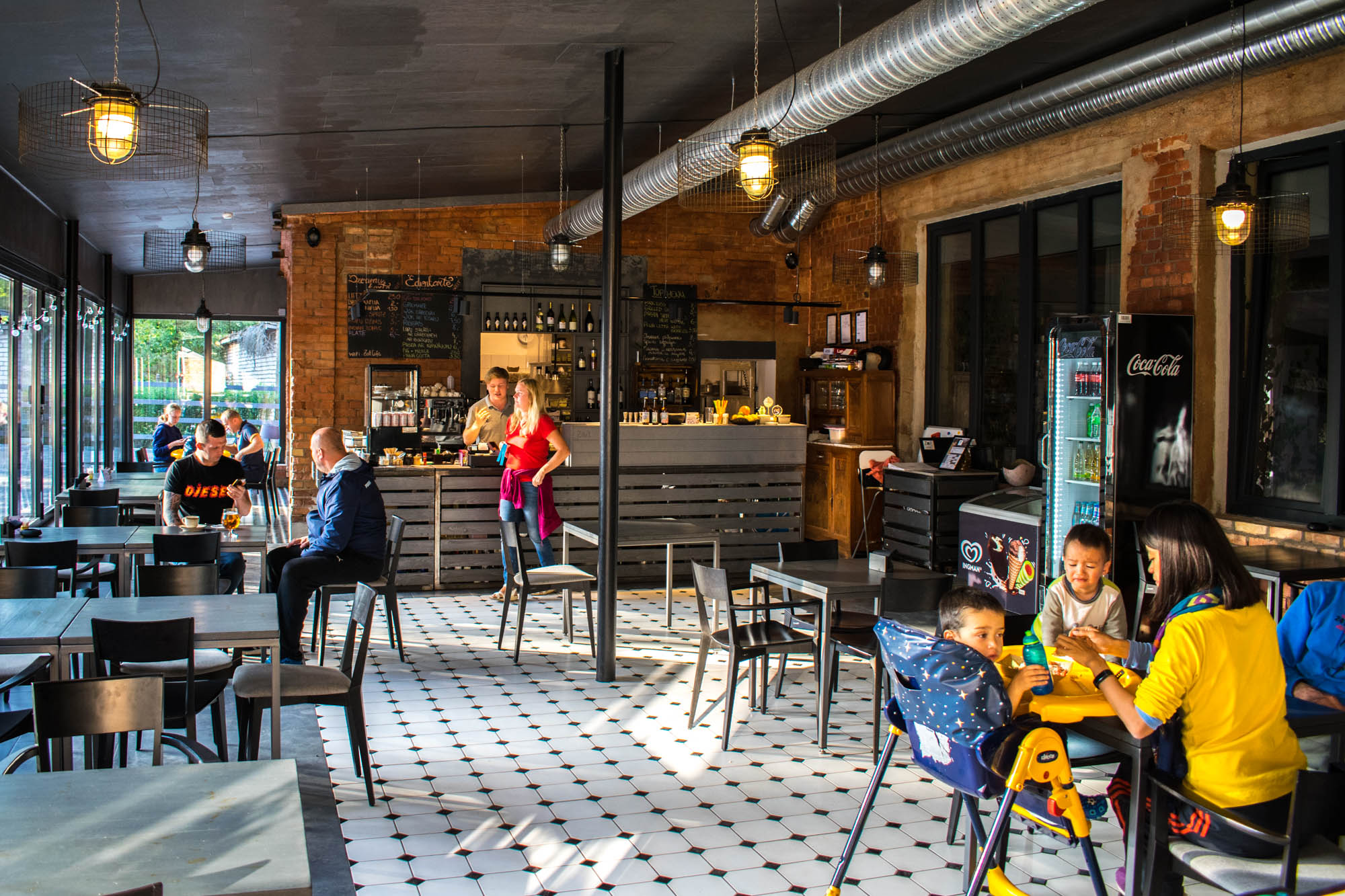
Hiking Near Zvarte Rock
If you fancy seeing some stunning natural figures made out of sandstone, I can highly recommend that you stop at Zvarte Rock, the area which is perhaps most famous for its popular sandstone cliff. We hiked on small paths that took us through forests, fields and farms, and we often stumbled across people who were out foraging. The area is popular for gathering herbs, plants, berries and mushrooms. These natural ingredients are often used in traditional Latvian cuisine.
Beyond Zvarte Rock, there is also a second marked path – the Almata route – which will take you past unspoilt scenery, impressive sandstone formations, and plenty of wild plants and trees. This route is 18 km long, and follows the river Almata. The route itself is often divided into three levels: one that requires few skills, one for those with a little more hiking experience, and one that is considered to be rather challenging. I recommend choosing the path that suits your level of activity and knowledge.
Choose a path that suits your activity level
The easiest part of the hike will take you from the Veclauči bridge and to Zvarte Rock. This path is approximately 3 km long and will take you past several stunning cliffs – including Vanagu Rock, Lustūzis and Miglas Rock to mention just a few – before you end up near Zvarte Rock.
The second route is a little bit harder, as it’s nearly 12 km long. This one starts at the Kārļu bridge and ends up at Zvarte Rock. In addition to being longer, this route also has 3 steep hills included. This is why this route is a bit more suitable for those who already have some hiking experience. However, there are plenty of things to be fascinated by on this path: for instance, you will walk past a 40 metres high cliff known as the Ainavu Cliff, and you will also get to admire several other sandstone formations, such as Ķaubju, Stūķu and Dzilnas Rock.
The last route may only be 3 km long, but it’s most definitely the toughest one. This is suitable for those who enjoy – and are used to – more challenging hikes. The route will take you from Melturi to Kārļu, and you will also catch a glimpse of several stunning cliff, such as Melturu, Īļaku and Vizuļu Rock, the Dolomītu Cliff, Dambja
Rock, and Staburags. You will also walk past the cliff beautifully named Varavīksnes, which means the Rainbow Cliff in Latvian. Although challenging, this is a wonderful hike where you can enjoy the scenery and the local wildlife. If you’re an avid birdwatcher, this is definitely the right area for you.
However, it’s important to realise that although the route is technically open all year, it’s not always accessible in the off season. Trees can fall down on the path or the river can wash away some of the signposts. If you’re unsure if the routes are still accessible, you should always ask some of the locals.
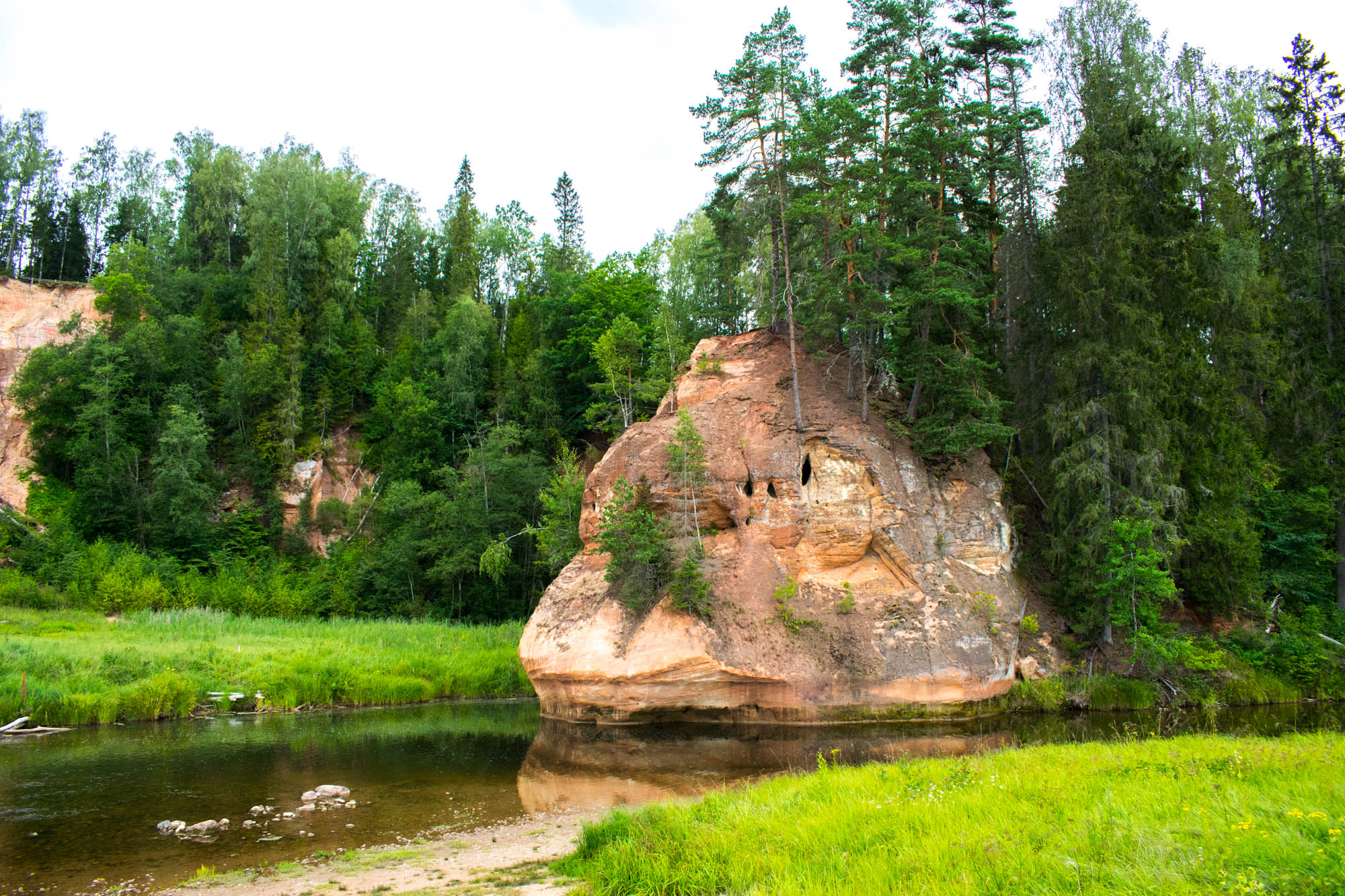
Visiting a Secret Soviet Bunker
Cleverly camouflaged as a rehabilitation centre in the middle of the national park, the Soviet government once built a bunker meant as a hiding spot for the Soviet-Latvian government in case of nuclear warfare. The construction, which was hidden under the ground, was also covered by a block of apartments, a tennis court, several hiking paths and other buildings belonging to the rehabilitation centre.
Although the bunker was used for its original purpose, it still contains a commando room, several generators, a map room, canteen, and a food storage in order to accommodate the government properly.
The bunker remained a government secret, and it was actually sealed up until Latvia joined the EU. Today, the bunker has been transformed into a museum which offers daily tours. As the Secret Soviet Bunker was sealed off for so many years, it works as a time capsule from a fascinating period of history.
The bunker is open for visitors every day. The tours start at 12.00 and 14.00, and it’s available in different languages – all depending on the origin of the visitors.
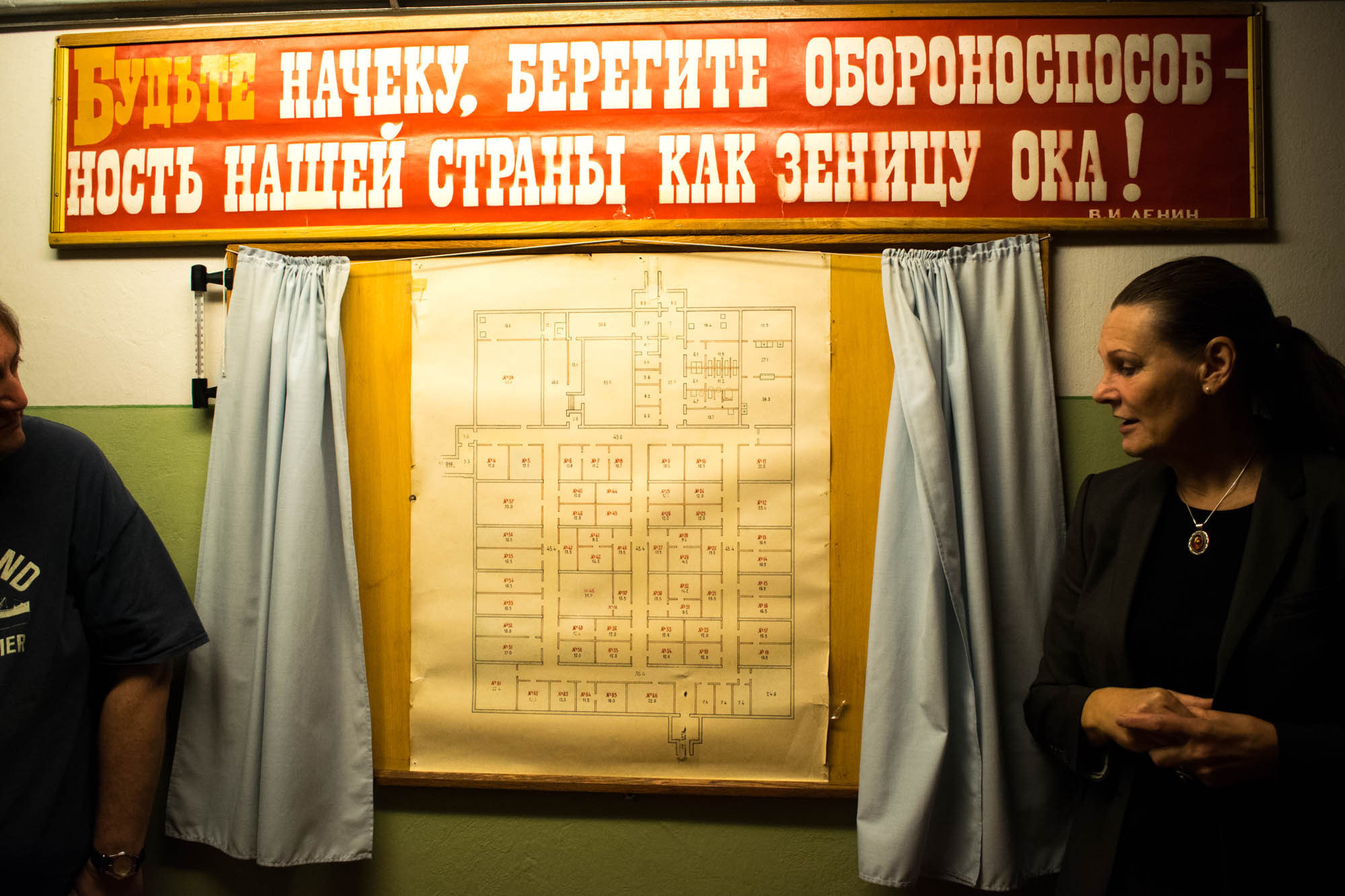
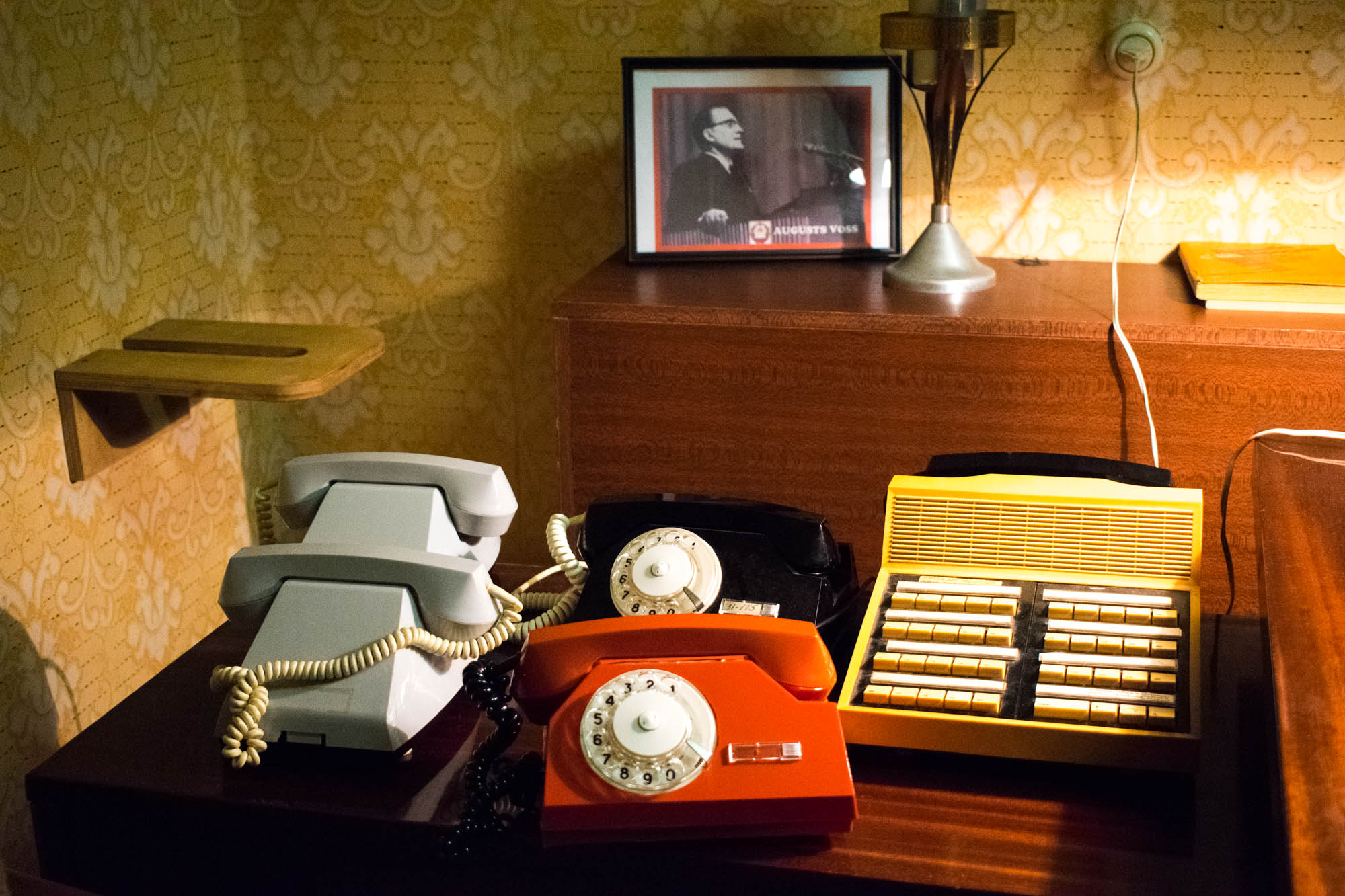

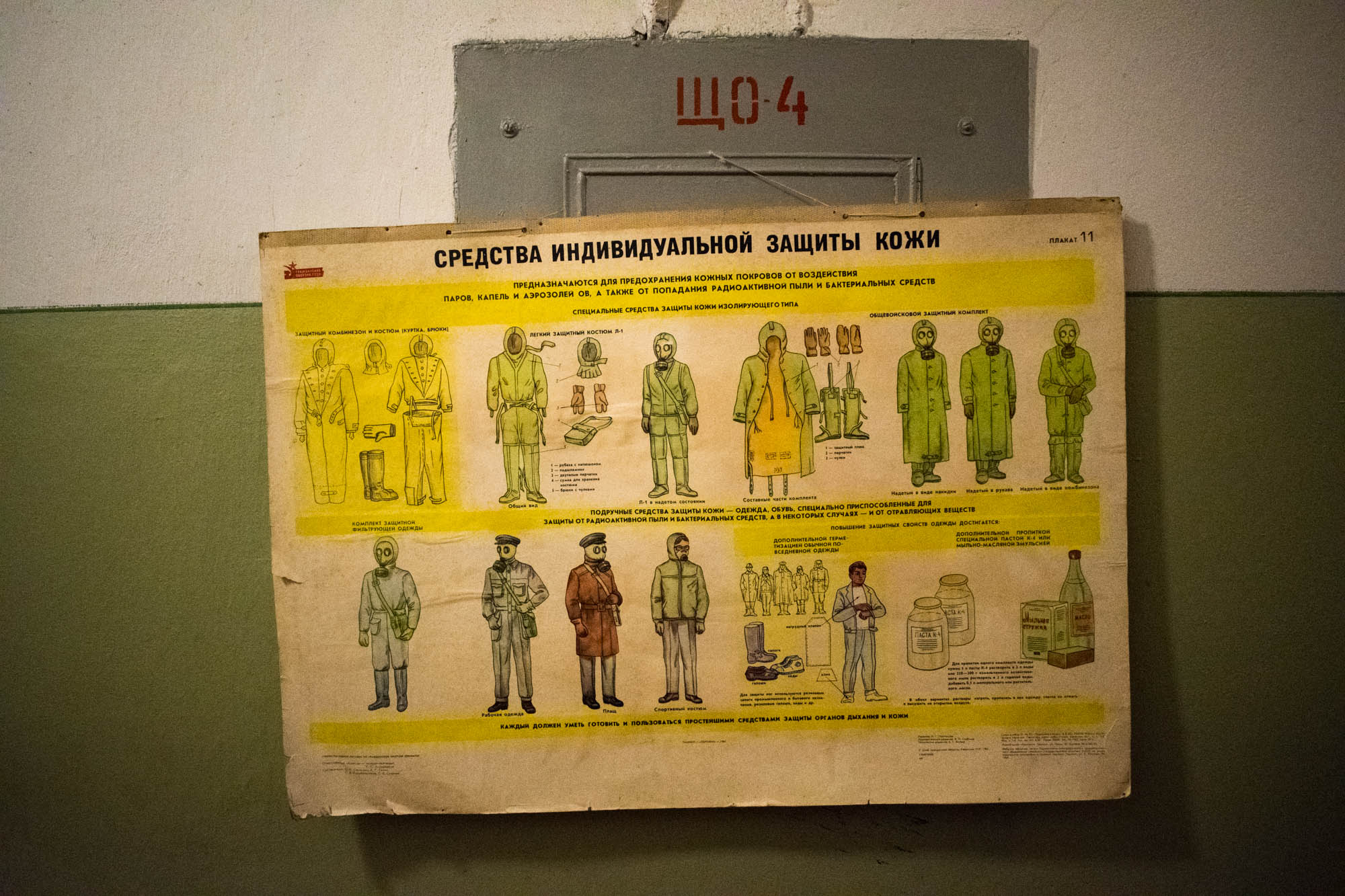
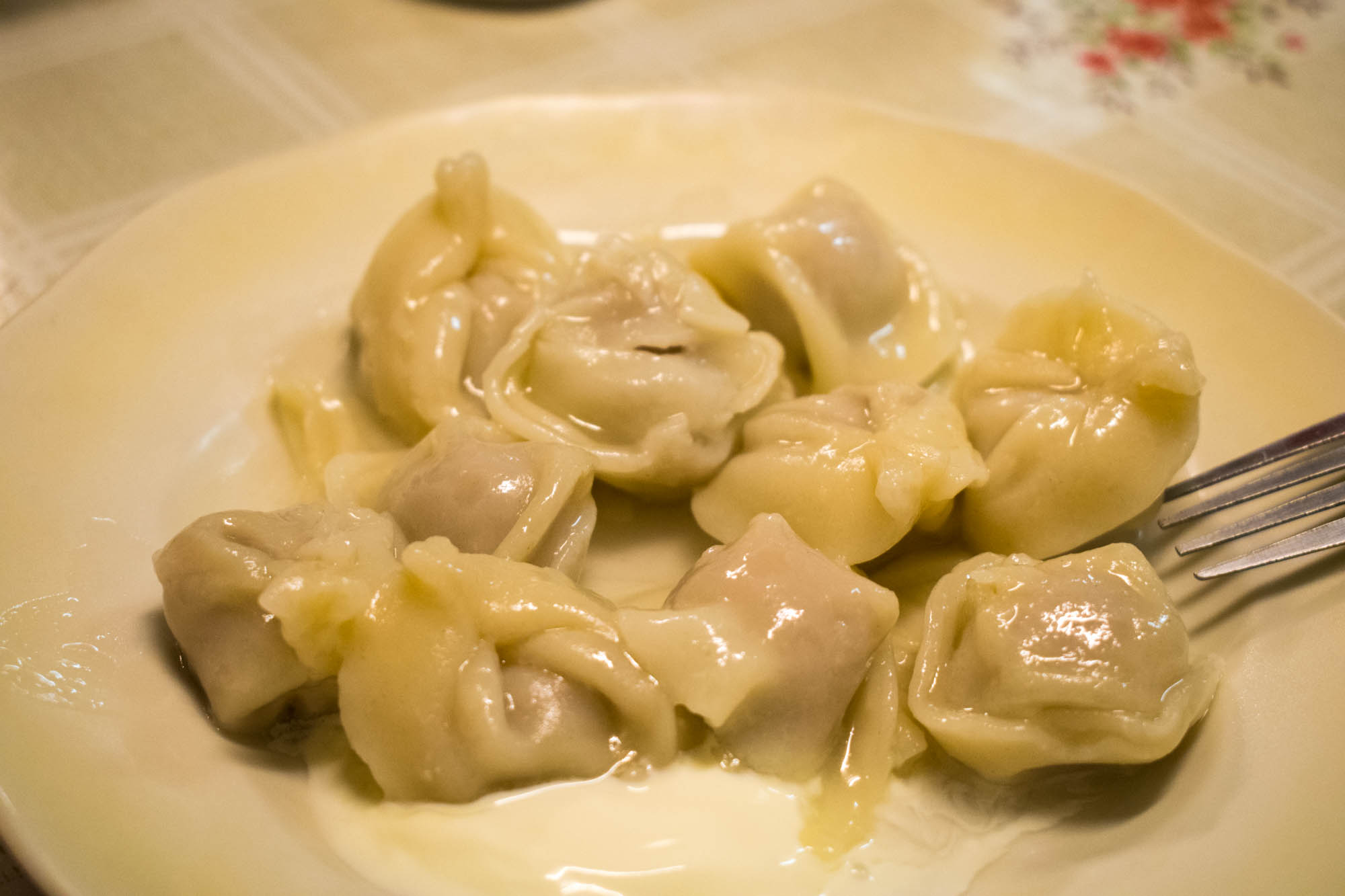
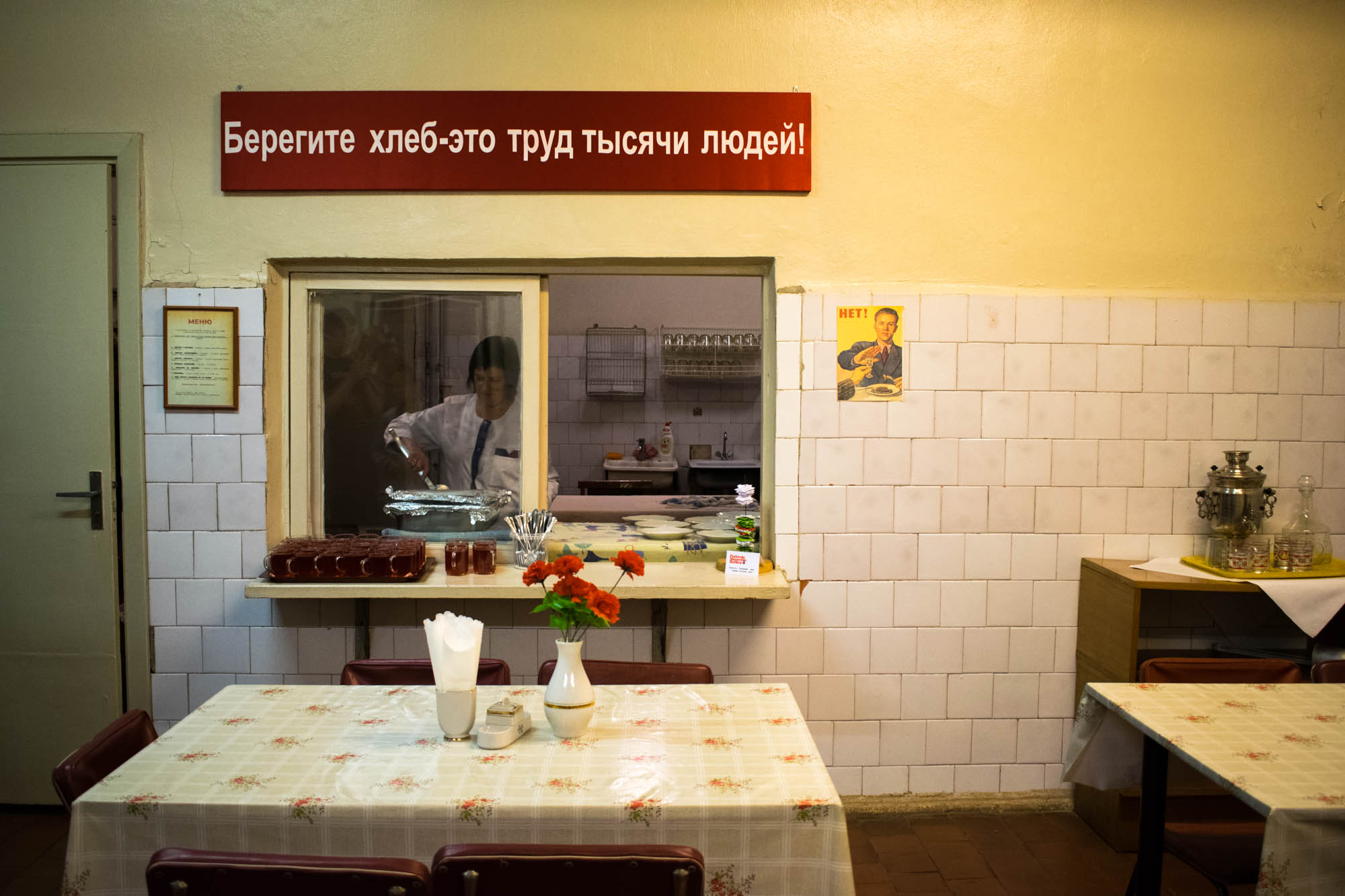
A Rejuvenating Latvian Sauna Ritual at Lígatnes Zemturi
As many of its Nordic neighbours, Latvia also has a strong tradition with saunas. In earlier times, the sauna house was actually used for wide varieties of events and purposes, such as childbirth, as a smoke-house for meat, and even a place to clean the dead before burial. In addition to this, the sauna is also a place where you could look after your personal hygiene.
However, Latvia does have more advanced sauna rituals than many of its Nordic counterparts. In fact, the Latvian sauna rituals are often used to mark big events and transitions in a person’s life, and they are meant to be cleansing for body, soul and mind. These rituals can last for hours at a time, and include steaming, herbs, plants, salt scrubs, singing – and, of course – a quick bath in the nearest lake or stream afterwards.
A Latvian Bathing Ritual Experience
During our road trip through the Latvian countryside, we were lucky enough to experience one such sauna ritual. We were even given our own sauna wife to guide us through the experience!
Our ritual started with a cup of herbal tea, as our guide talked us through the ritual we were about to experience. She had also made us a special hat out of ferns, which we were supposed to wear in the sauna. Apparently the fern works as a protection against the heat, as a catalyst for clean thoughts, and as a connection to nature itself.
We started the ritual by warming up in the sauna together with our guide. After that, we went outside for another cup of herbal tea before we went back into the sauna again. As always with saunas, it’s important to stay hydrated, as you will sweat a lot.
You are not supposed to wear any type of clothes or garments for this ritual. Although we felt a bit shy at first, we quickly got used to it. Even jumping stark naked into the little pond outside felt completely natural after a while! When we were not sat inside the sauna, we were wrapped up in warm towels while waiting for our turn. The ritual focuses heavily on touch, steaming, and singing – and I felt incredibly rejuvenated afterwards!
Many Latvians use this therapeutic bathing ritual before a big life event, such as weddings. However, it’s not just for special occasions: many head to the sauna after a stressful time at work, or if they just want to regain an inner balance. To me, this was an incredibly special experience, and I felt both rejuvenated and mentally clear after the sauna. I will definitely try this again during my next visit to Latvia!
If you want to experience a traditional Latvian sauna near the Gauja National Park, I can recommend that you take a closer look at the options offered by The Latvian Element. They can arrange this and plenty of other exciting experiences in the region.
Spending the Night in a Cabin near Ligatnes Zemturi
Luckily, we had chosen to spend the night in a little cabin at Ligatnes Zemturi Camp site, which is located where the sauna experience took place. This meant that we could relax and enjoy the experience undisturbed, without having to rush on to the next stop.
In this area, there were several other cabins that you could rent. They were all of different sizes, and the majority seemed to be perfect for a family on a road trip, or a group of friends travelling across the national park. The scenery was beautiful, and they even had a little pond where you could try your luck fishing. For those looking to embrace the local culture, they also had their own sauna house on the grounds.



At One With Nature in Vidriži
Experiencing a Traditional Latvian Fire Ritual
Fire rituals have been a part of the Latvian culture long before Christianity. Originally, these fire rituals were a way of expressing your gratitude and wishing for good times ahead. The rituals also symbolise a way to connect the physical world to the spiritual world.
The Latvian people believed that the fire ritual could also have a cleansing effect and aid you in putting the past behind you. This is why some of these rituals were very popular during weddings, birth, and death.
Traditionally, there were 8 rituals throughout the year. These followed the different seasons. For example, the rituals happening around summer solstice were the most important ones – and they are still the most widely practised in Latvia.
I was lucky enough to observe and attend one such fire ritual in Vidriži. In the middle of the countryside, we met a small group of people and two shamans. However, it’s important to mention that this is not the dark type of shamanism, but more of a tribute to nature and all its power. These shamans have a strong focus on nature, and they are responsible for keeping these Latvian traditions alive today.
Important Preparations before the Fire Ritual
The preparations for the fire ritual took place out in the fields and in the nearby forest. The participants had already picked flowers and plants to be used in the ritual. According to traditions, every female participant must gather 27 different flowers and bring these to the fire. The men are responsible for the wood. When we arrived, we were therefore sent out into the fields to gather our share of the flowers.
The shamans brought things that were to be ‘sacrificed’ in the fire. Each of these things had a special meaning and symbolic value to the ritual. They also brought many musical instruments, mainly drums, to be used during the ceremony.
A circle of stones on the ground marked the place where the fire ritual would take place. All the participants were asked to stand around the circle in order to start the preparations, and we proceeded by laying all the flowers within the circle. We then used local fern to build the bottom layer of the bonfire, and followed this by laying pieces of wood on top of the fern. We were all then asked to put nuts and seeds on the bonfire, while thinking good thoughts. After this, we added even more wood before we lit the fire.
The Flames Connects the Physical and the Spiritual World
While the flames took over, we started singing and dancing around the bonfire. The purpose of this is to make the flames connect the physical world with the spiritual world. As the flames grew stronger, the symbolic sacrifices were added to the fire. Finally, we added lots of ferns in order to produce smoke, which is symbolic for ending the ritual.
As an observer, it was incredibly exciting to be part of such a ritual – which is a world away from my own culture and background. I noticed that the local participants managed to be part of the experience on a completely different level than what I had. However, I do assume it takes some training to be this connected to your spiritual side!
Nonetheless, it was a memorable experience – and it even inspired me to read up on these fire rituals from a more historical perspective, as well.
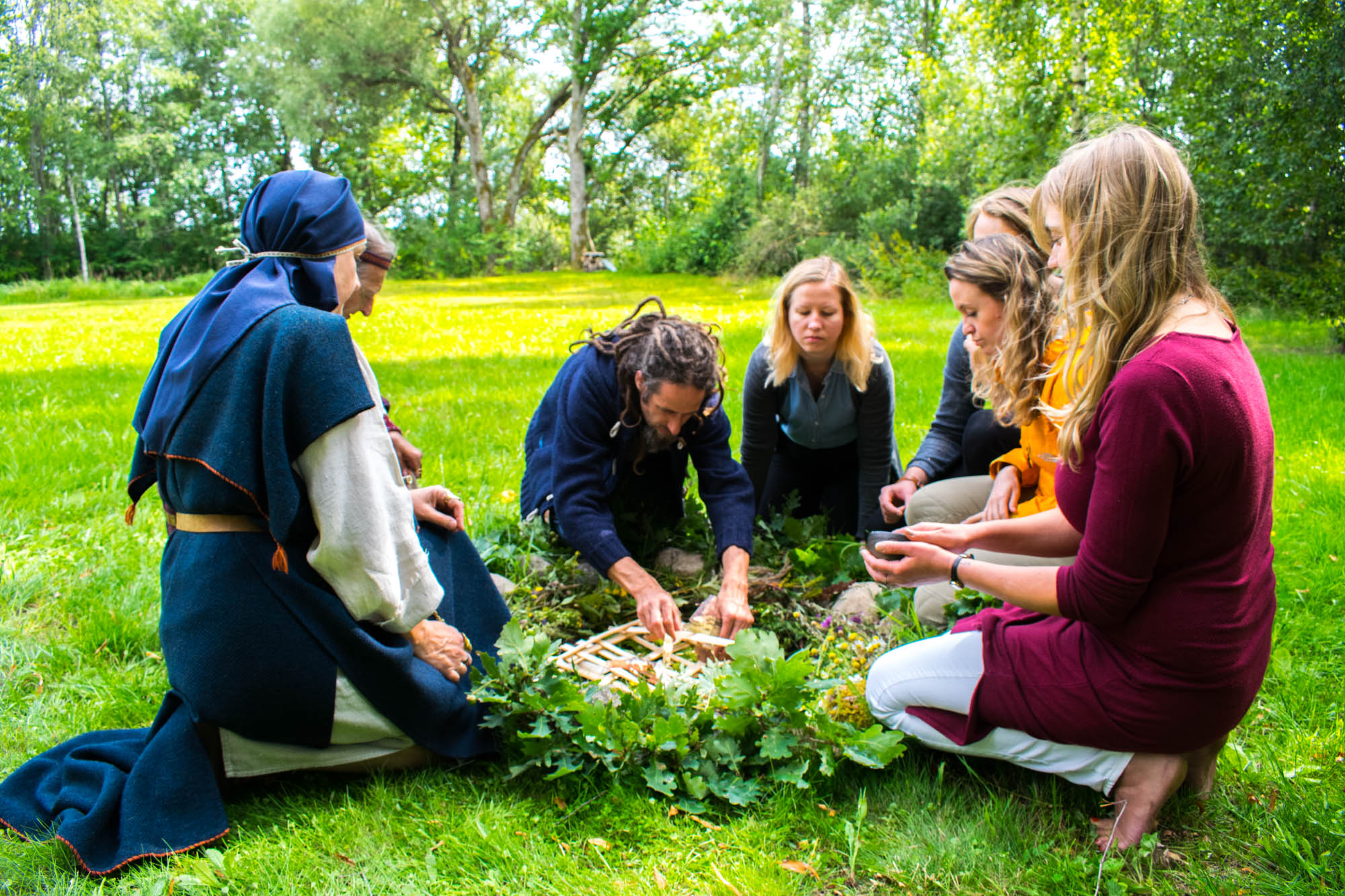
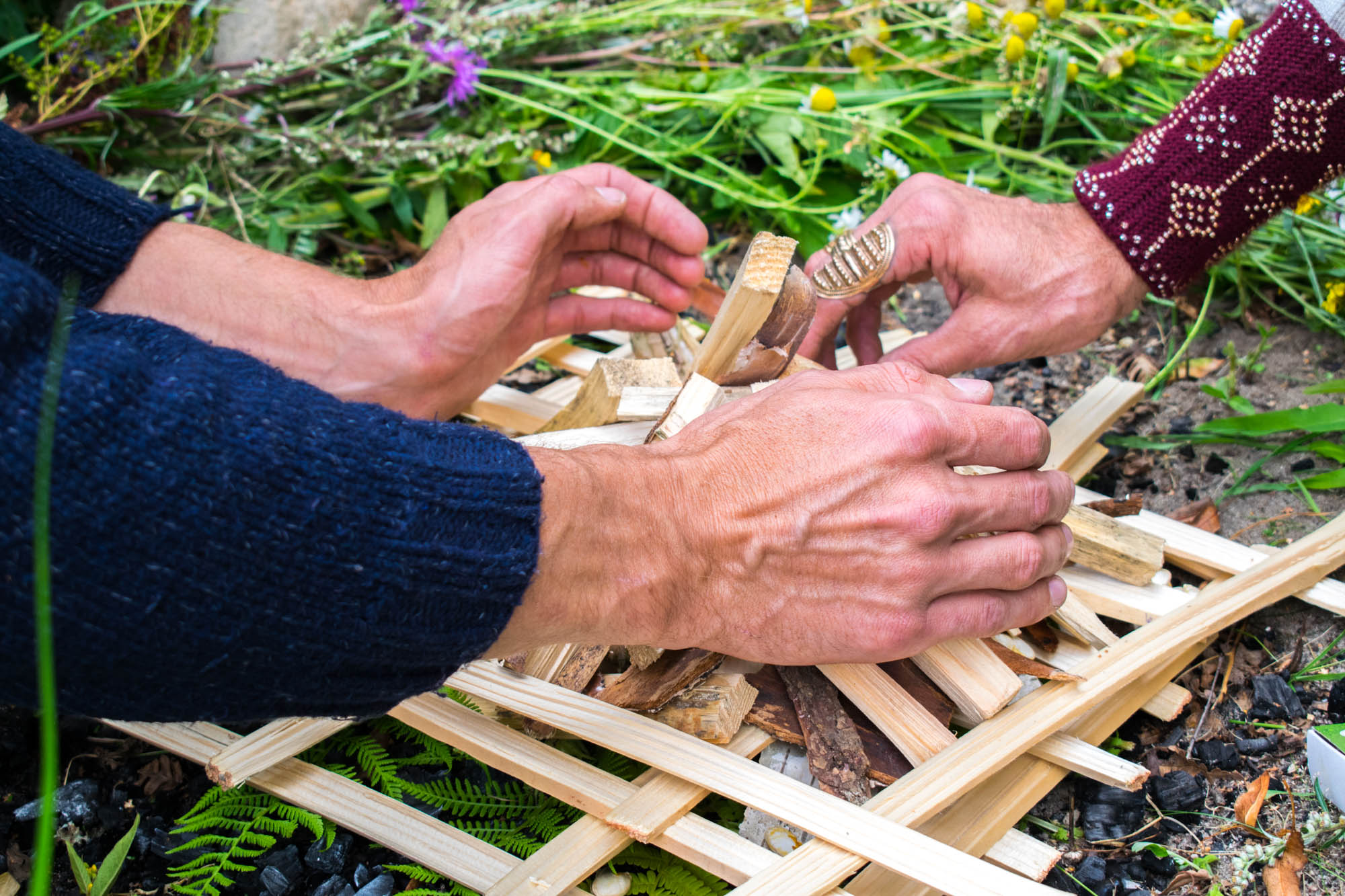
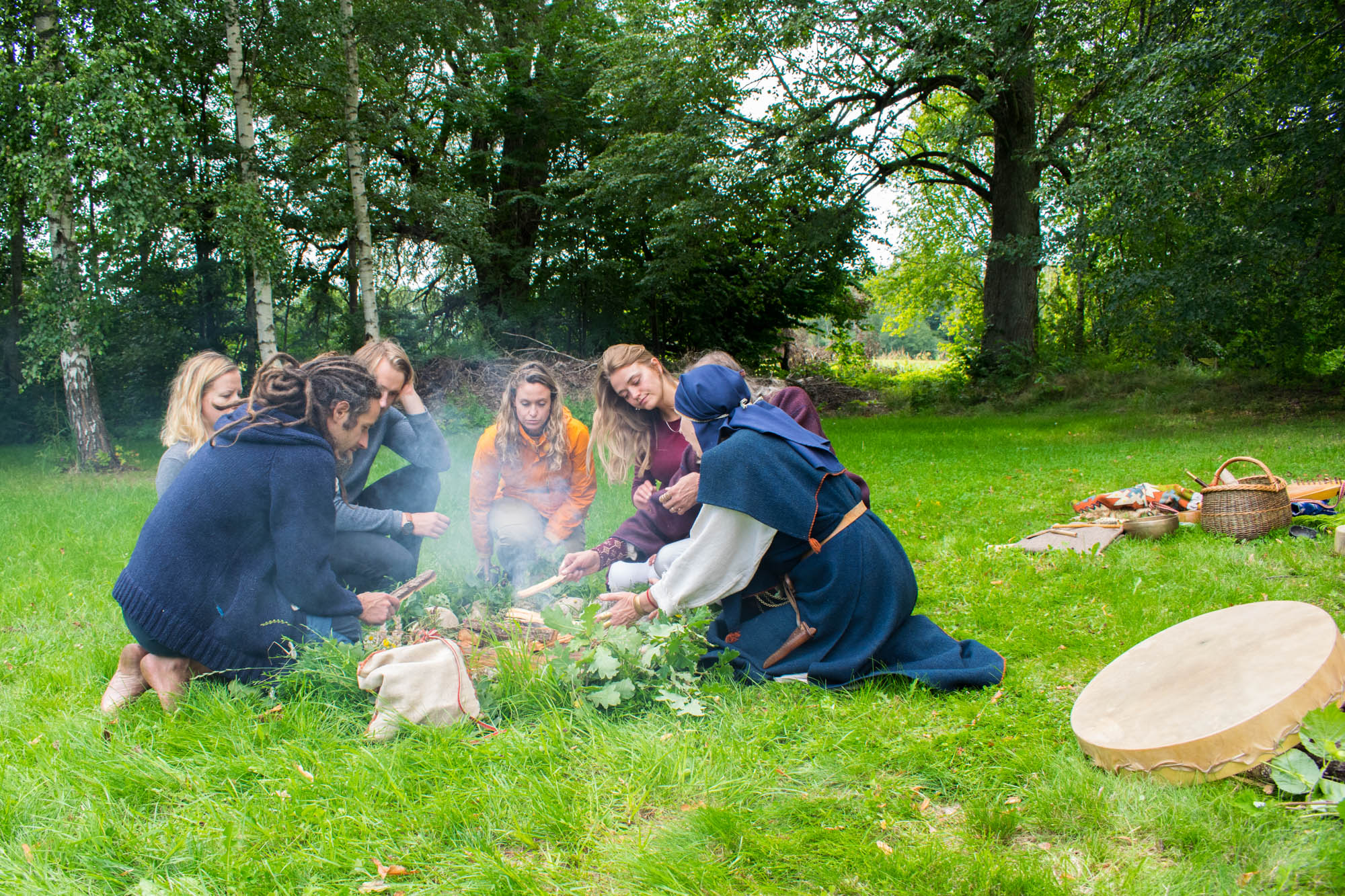
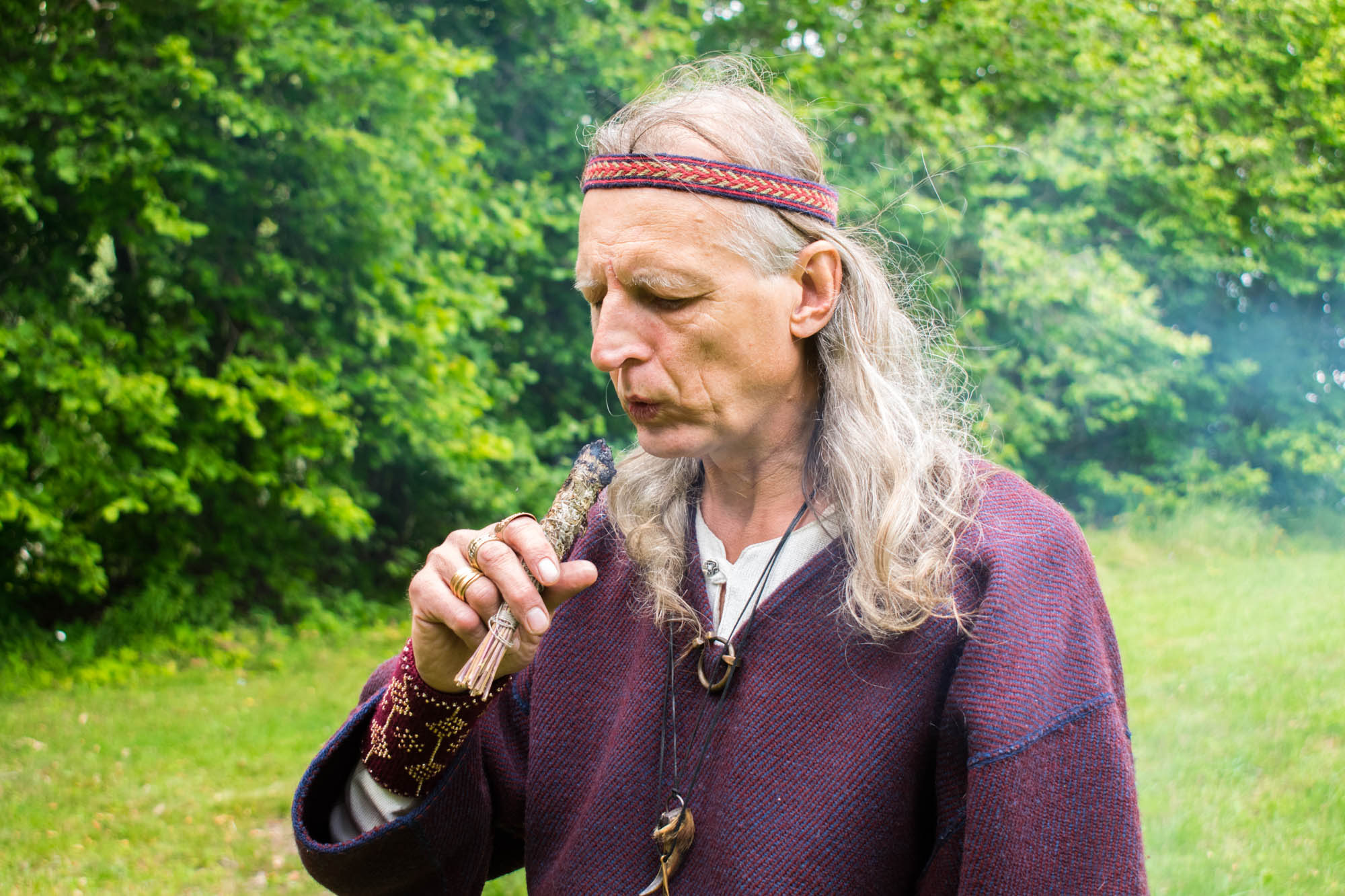
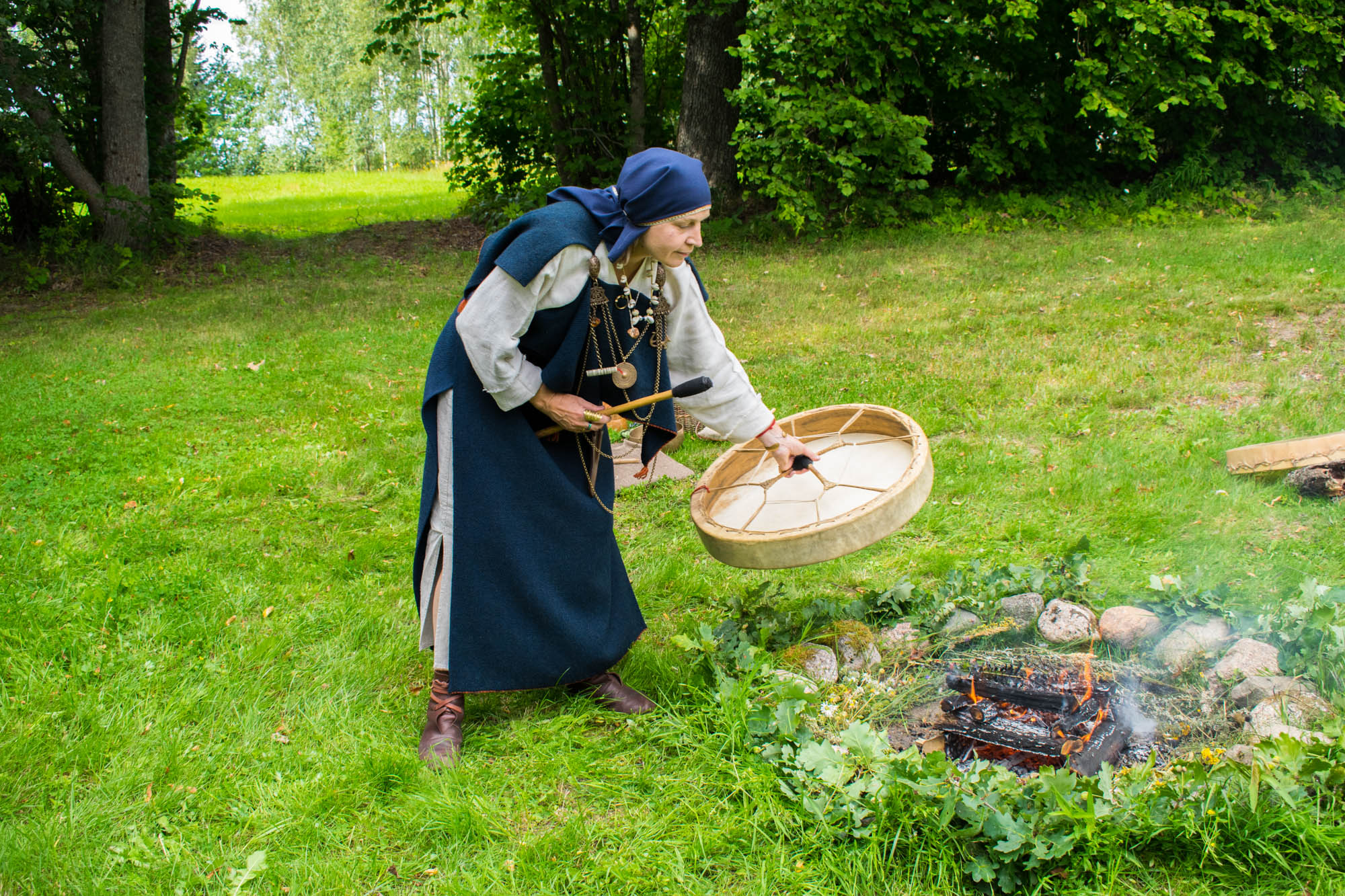
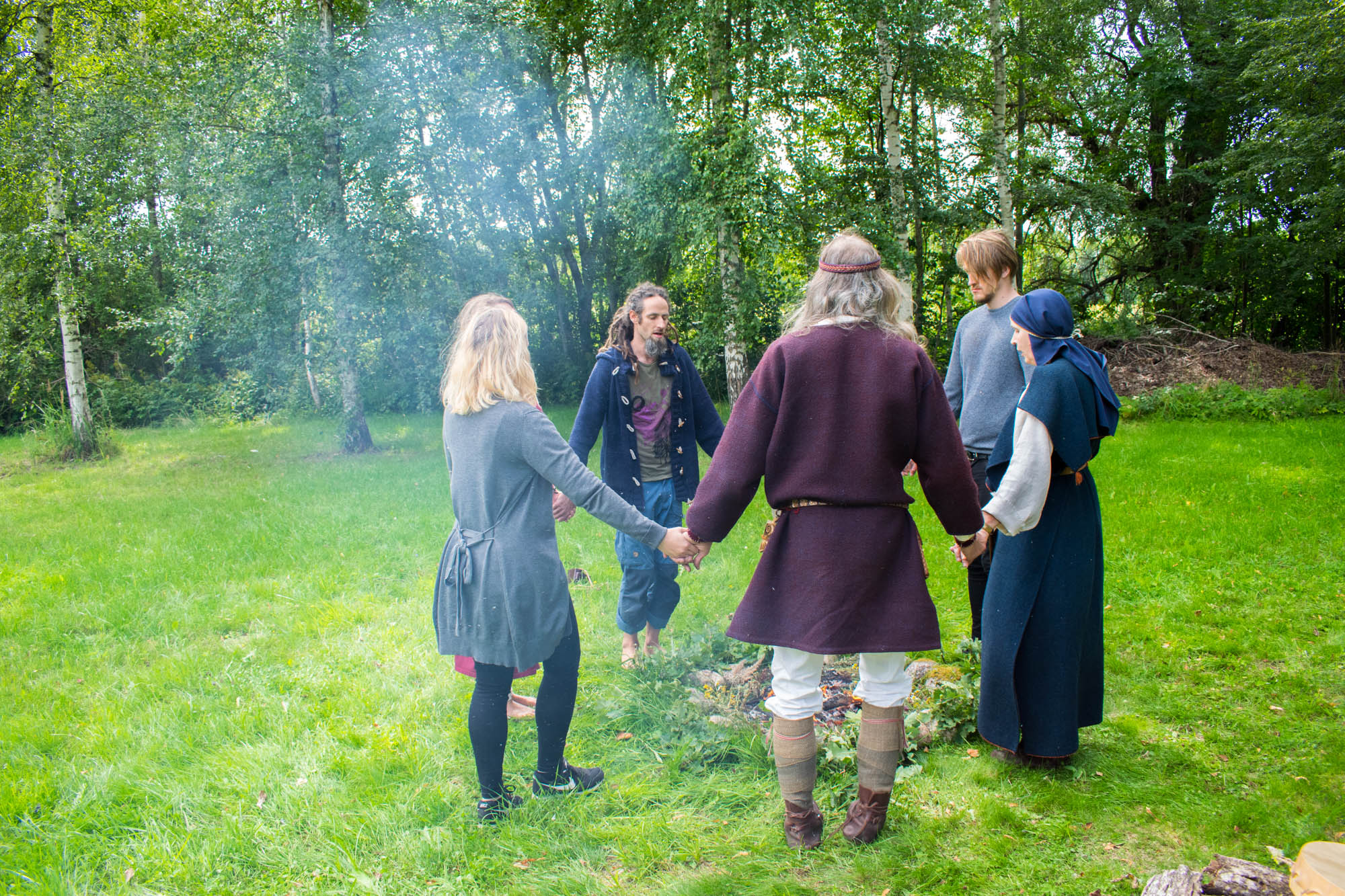
Grand Oaks Trail – A Spiritual Wandering between Old Oak Trees
I don’t know about you, but hiking always makes me feel better. It’s a brilliant way of clearing my mind of any worries and stress that lingers, and to bring me a new perspective on things. This is one of the reasons why I loved hiking the Grand Oak Trails in Vidrisi.
The grand oak trees in this area are more than 500 years old. Previously, this entire area was covered with the majestic oak trees. Nowadays, with the growth of both nearby farms and the timber industry, only a handful of these trees remain. Traditionally, oak trees has a great symbolic value in Latvian culture – and they were even printed on the previous Latvian currency.
Follow the Marked Path
The hiking path will take you past the grand oak trees, but sometimes it will take you across privately owned fields. Luckily, you don’t need to worry about the latter. The local landowners have been very vocal when it comes to saving the old trees, and they have therefore agreed to allow people to hike across their fields. However, please be respectful and stick to the marked path – you don’t want to spoil too much of the farmers’ produce.
Grand Oak Trails will take you past the local wildlife, and it will even introduce you to local myths and stories. Hikers are also encouraged to hug the trees in order to be exposed to the energy of these massive giants. Can you imagine all the things these trees must have witnessed during the past 500 years?
Combine the Grand Oak Trail With Experiencing a Traditional Fire Ritual
Both of these experiences were arranged for us by the Latvian Elements. You can find more information and book your experience here.
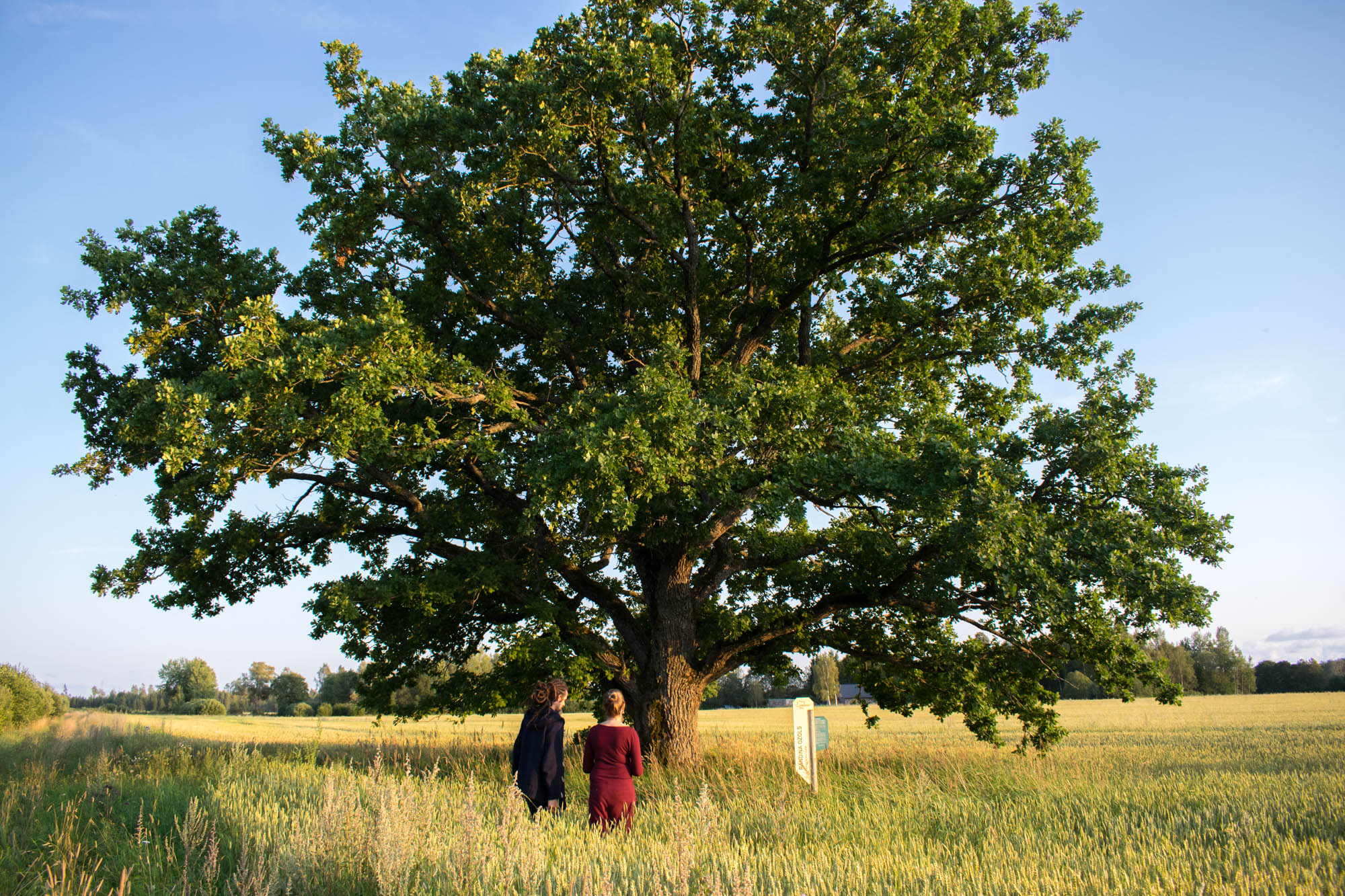
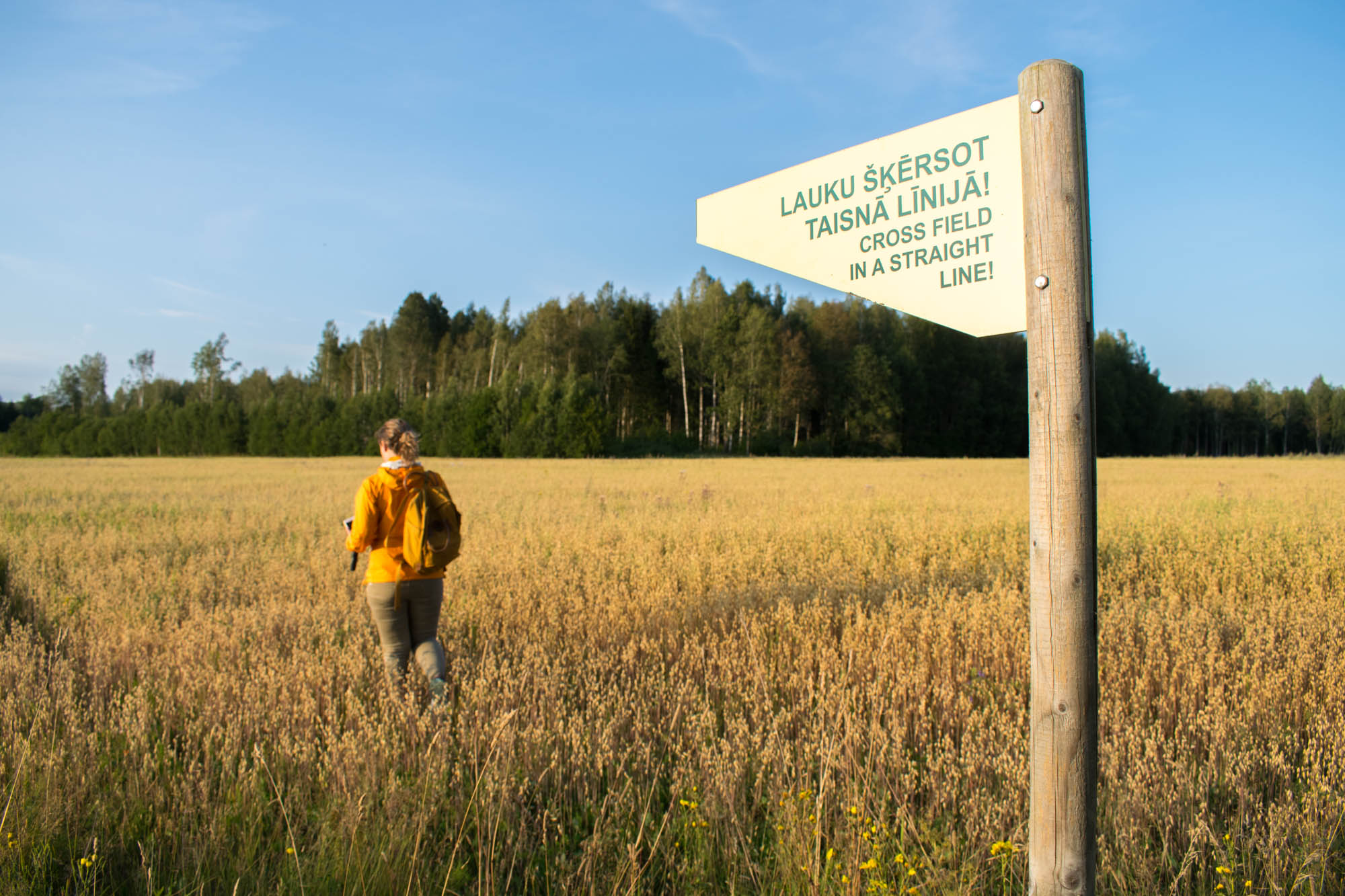
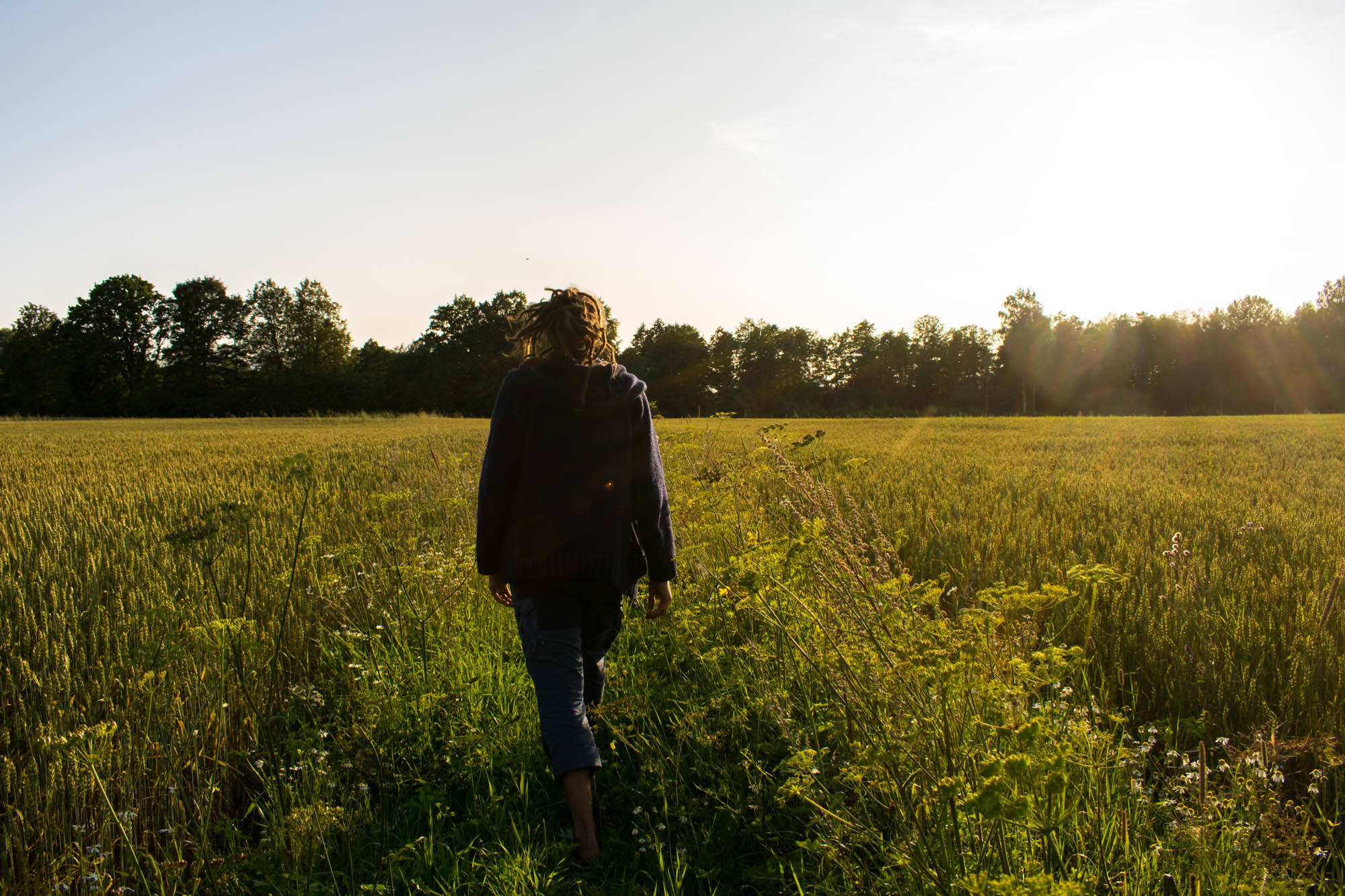
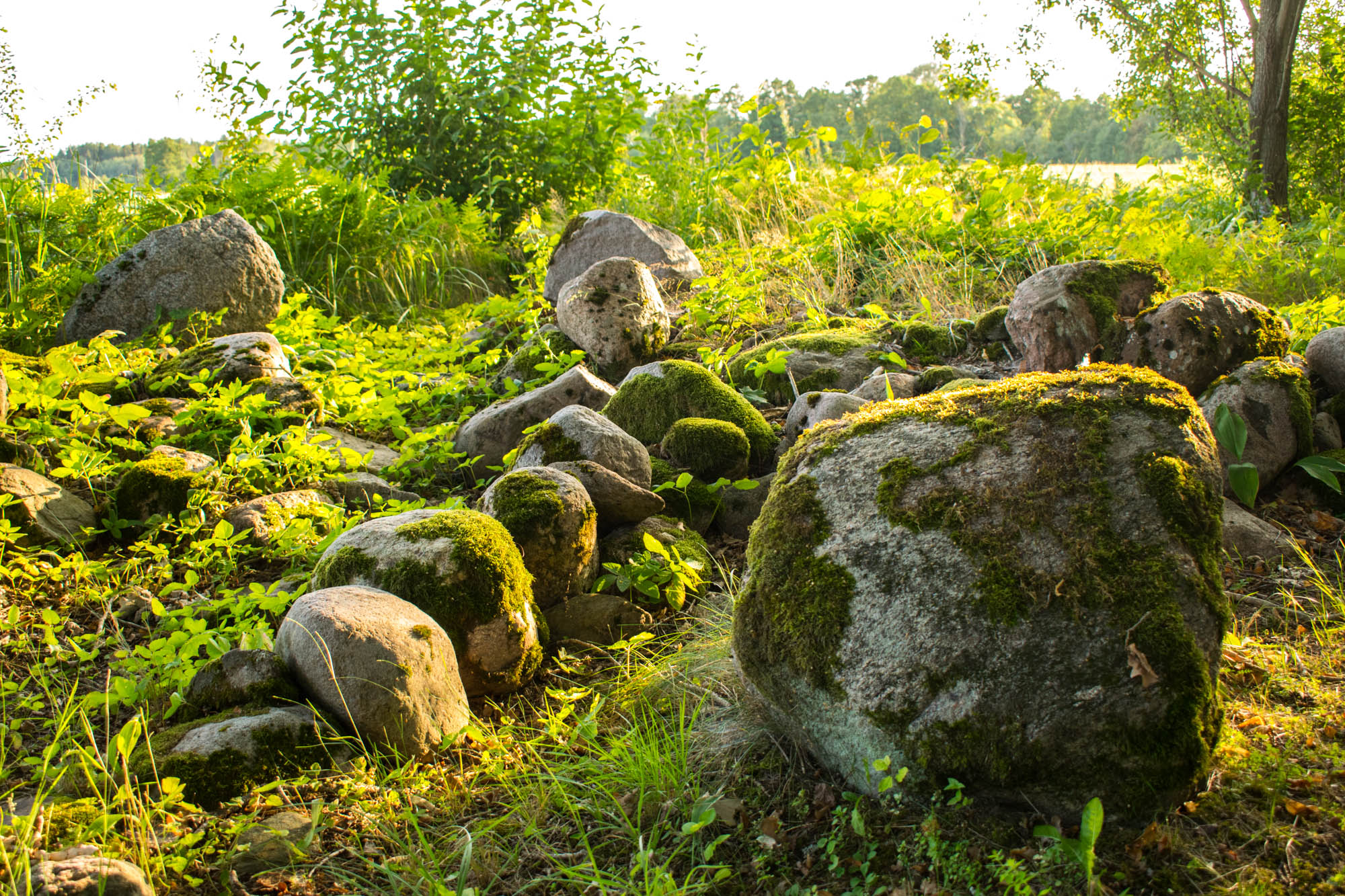
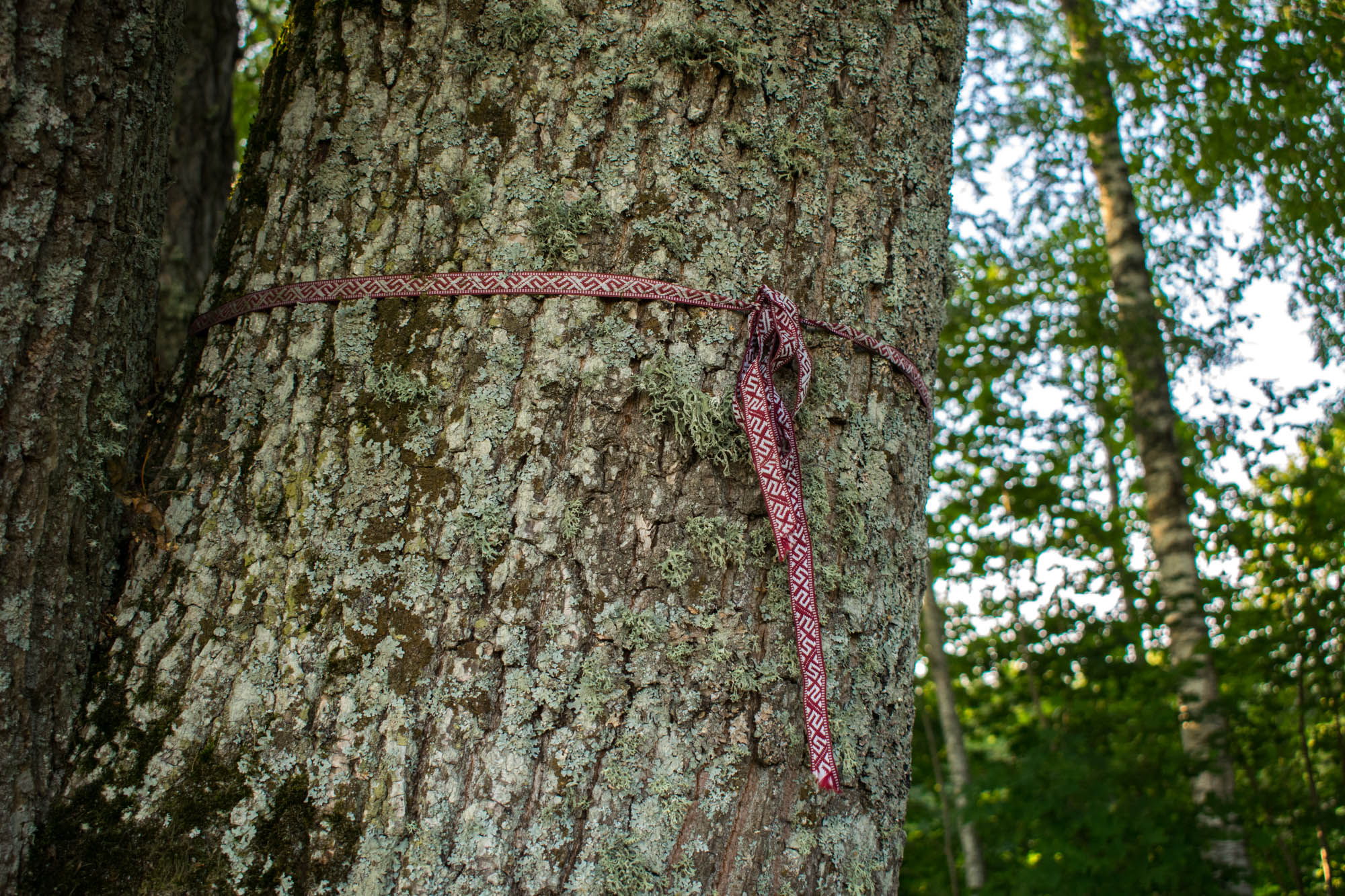
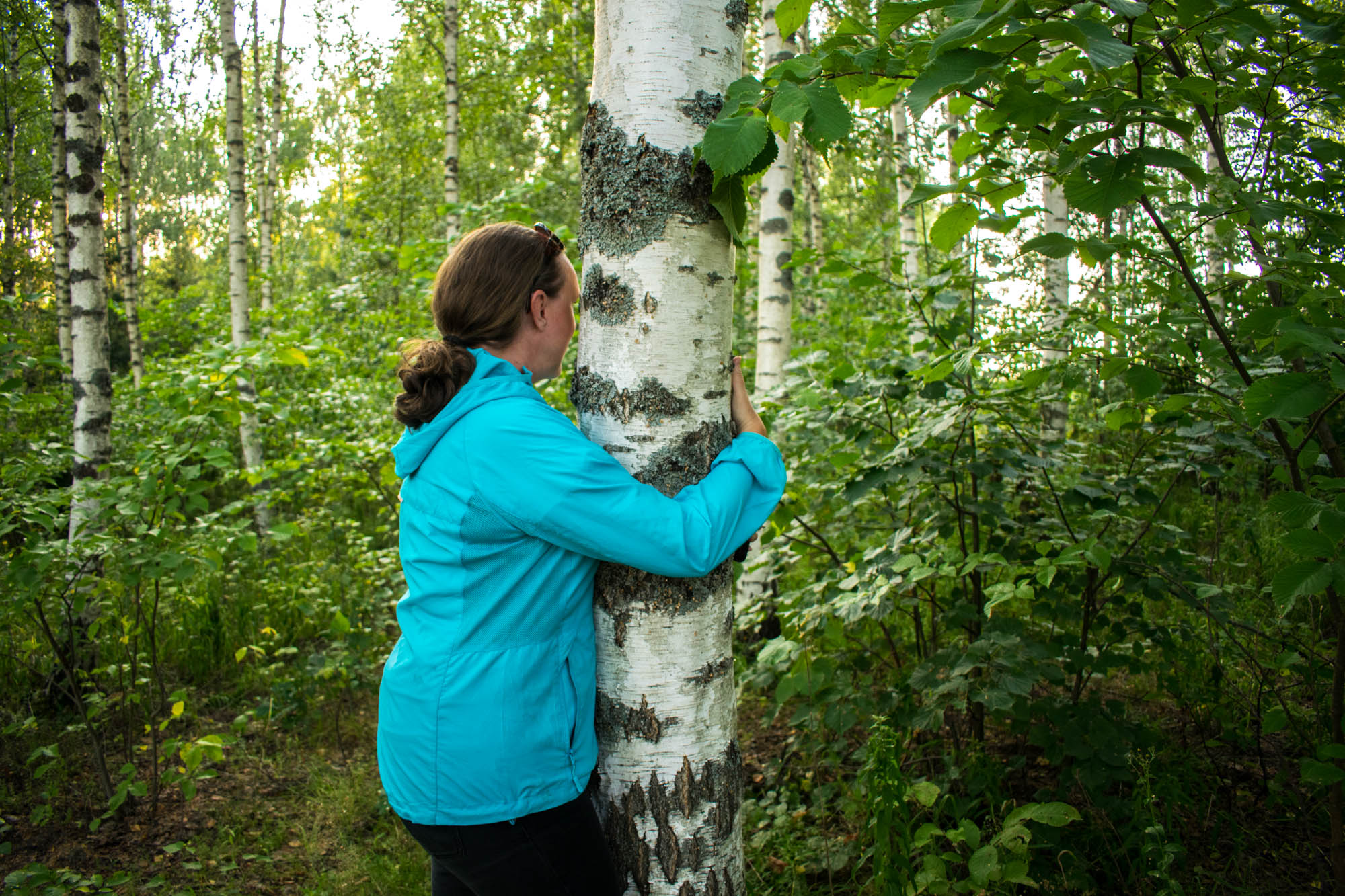
Hiking, History and Local Products in Ergli
At a derelict train station in Ergli, we met Māris Olte, who is a famous TV-personality and storyteller in Latvia. A few years ago, he left the big city life behind and moved with his family to Ergli. Here, he bought the old train station and reopened it as a café and meeting place where the locals could socialise – and sell locally made products. Station, which is the name of the café, has become immensely popular, and these days it even helps small, local businesses who want to collaborate with each other.
Locally Sourced Lunch at the Station
Māris spends most of his time in nature, and for lunch he served us perch from the nearby lake, berries from the local forest and a cake made by a local baker. He cooked the food outdoors while chatting effortlessly about nature, food and the local district.
It’s evident that Māris care a lot about the local life. He wants people to better appreciate what can be sourced in the local area, and he is himself an active forager. Why go to the shops when you can pick it for free in the forest? He is also passionate about convincing the locals to either buy or exchange products and services from each other. In his opinion, this is the only way they can create a strong local community.
A Guided Walking Tour Focusing on Culture, Nature and History
Māris is also passionate about offering good outdoor experiences to all visitors, and he happily took us out on a guided walking tour in the area. He also taught us about all the herbs, plants and nuts we passed (he even opened the nuts with his teeth so that we could get a taste).
Māris also has great plans for the piece of land he bought with the old train station. What once used to be a sad container storage, is now being transformed into a recreational area for children and families. An additional benefit is that one of the most popular biking paths in the region, and a part of the Greenways Project, will go right past the old train station, thereby giving Māris access to even more visitors.
We had a great day out with Māris, and I must say that going on a walking tour with a local – who can tell you all about the history, share glimpses of everyday life or show you the best view points – really adds something extra to the experience.
Canoeing in a See-Through Canoe
Our walking tour ended near a little lake, and here Māris had a special surprise for us. He had ordered canoes made of see-through plastic! This way we could get a glimpse of what happened below the surface as we paddled our way past hundreds of water lilies.
This was such an exciting experience! If you’re in the area, I can highly recommend that you stop by Māris and the Station. Not only is it a good way of supporting local businesses, but it’s also an excellent way of exploring the local area.
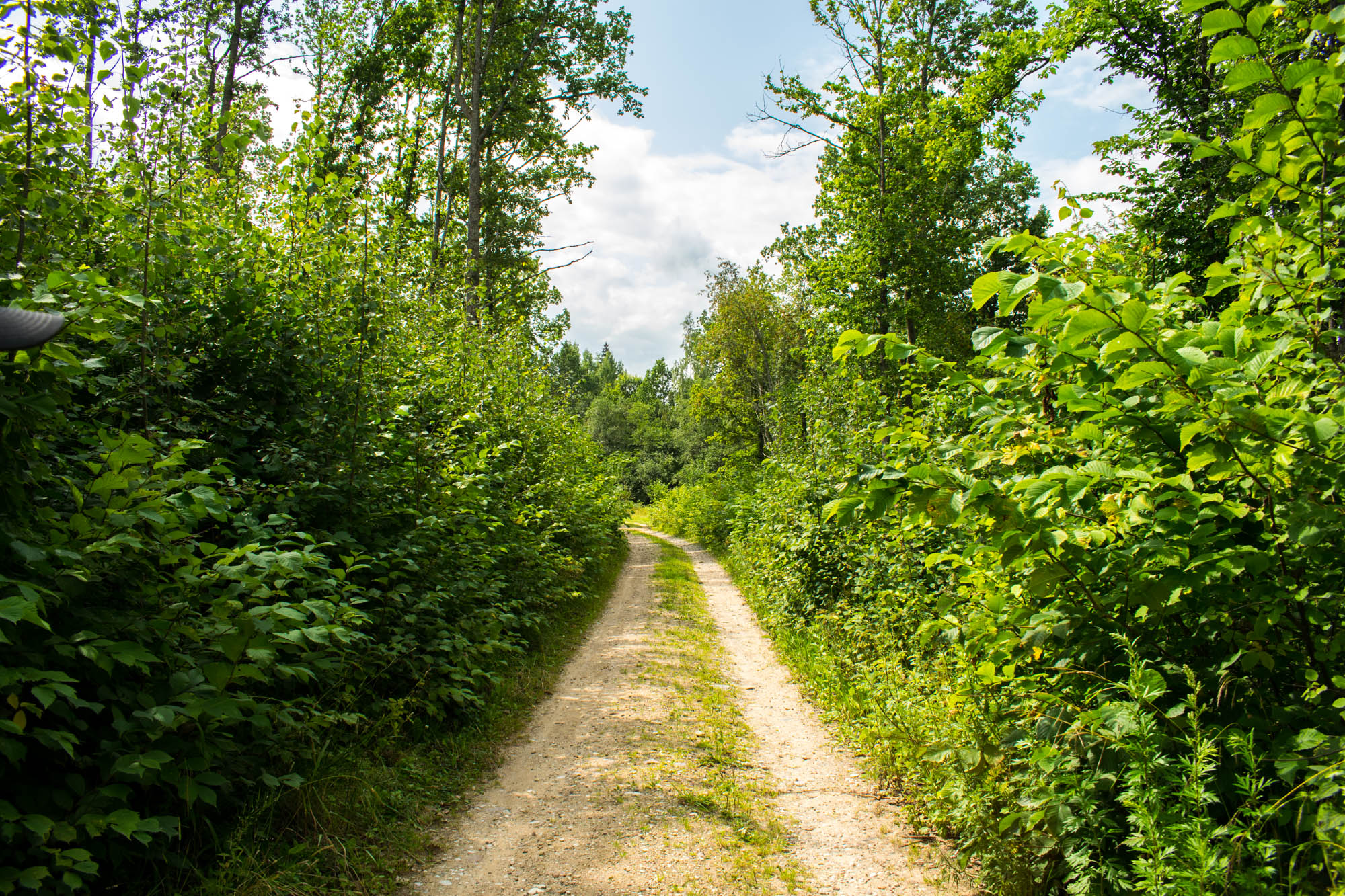
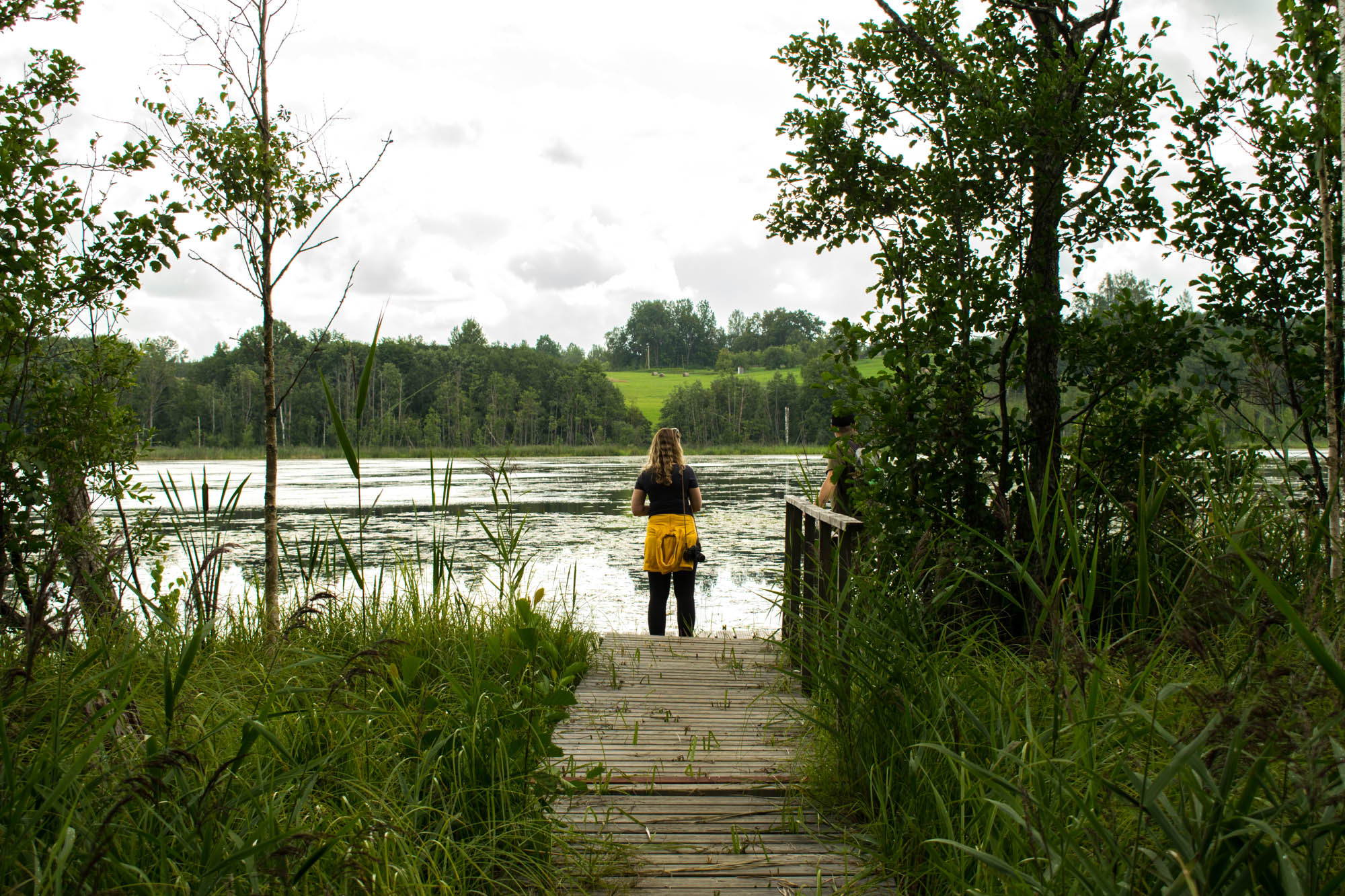
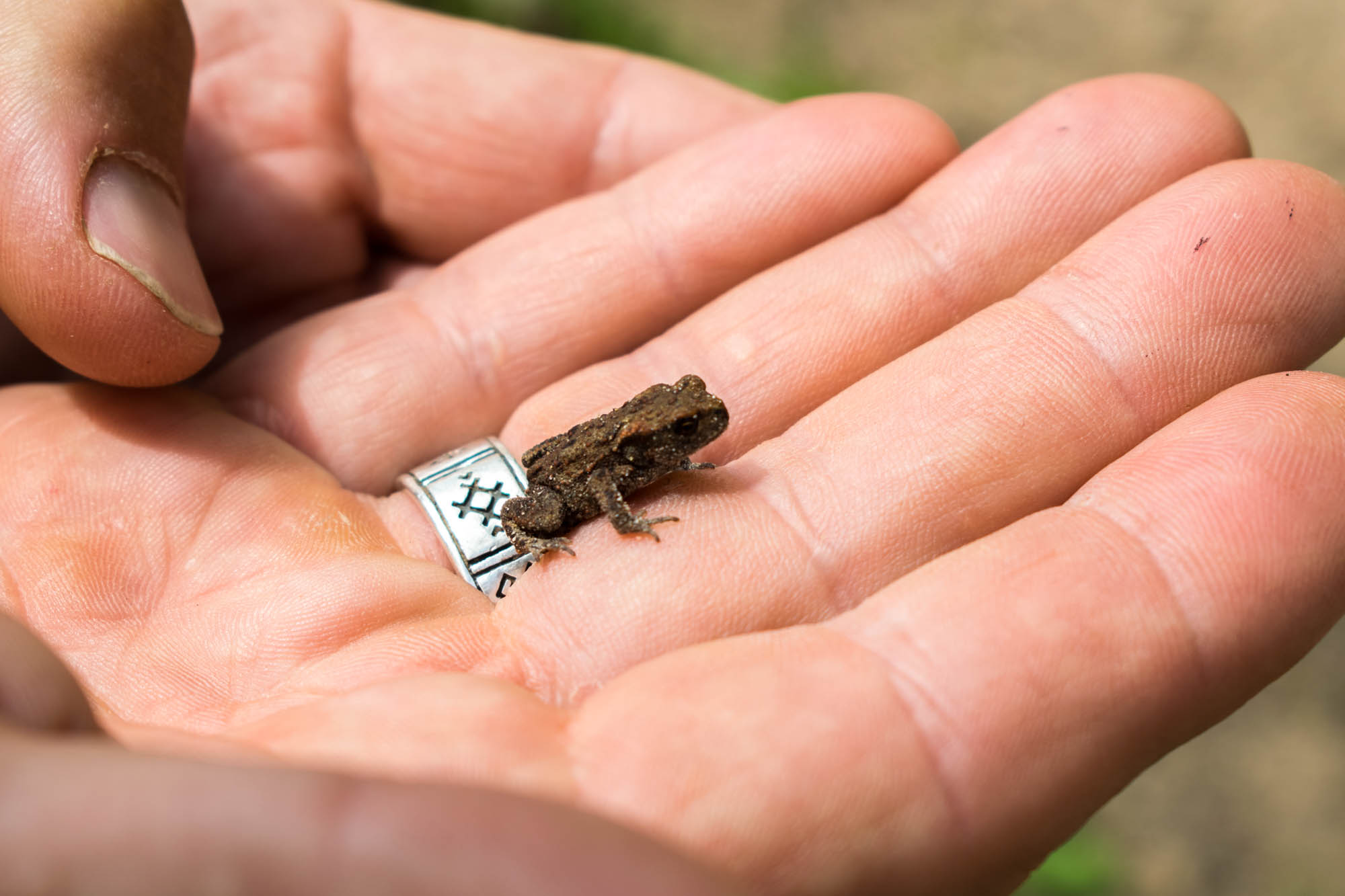
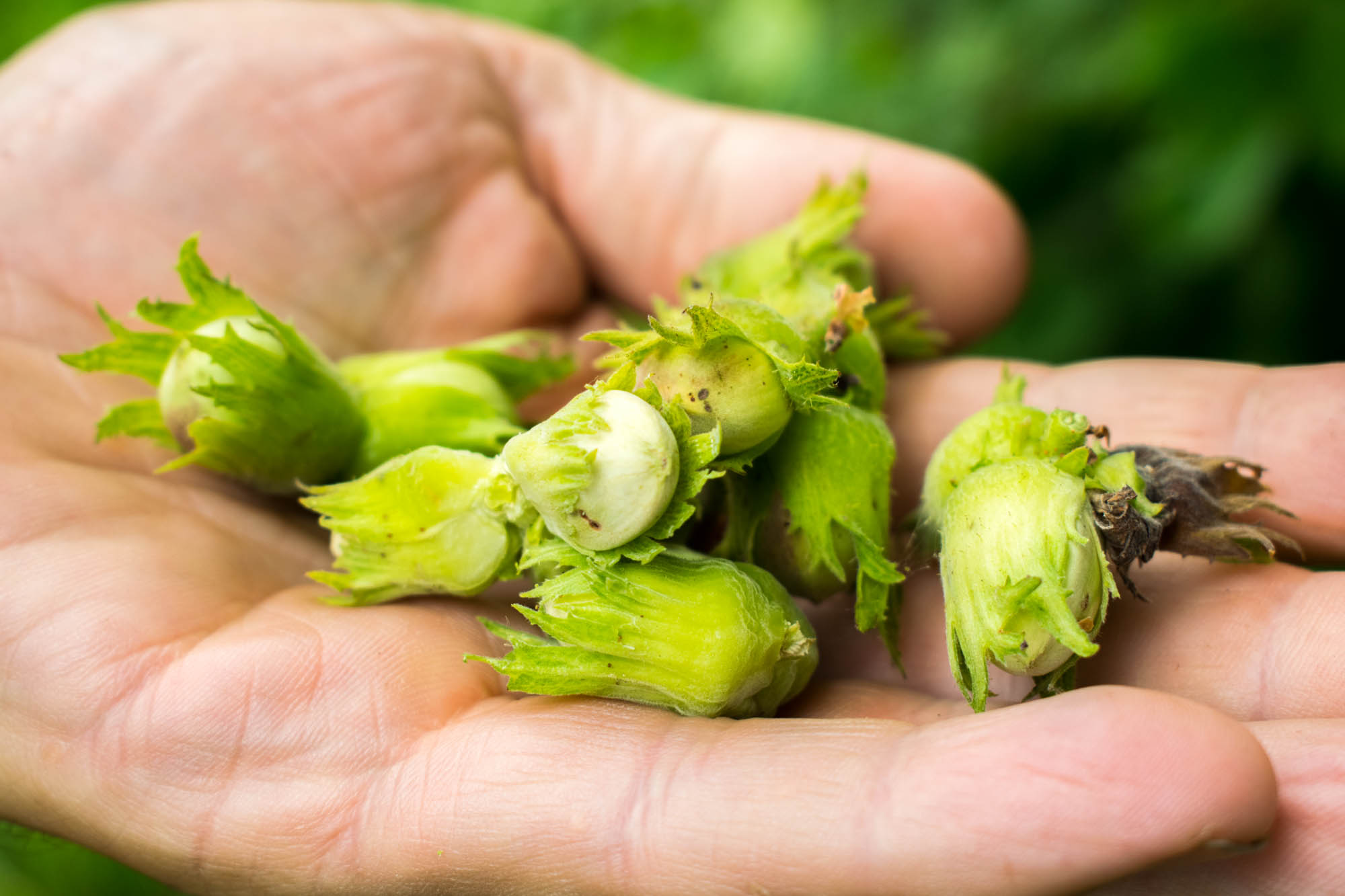
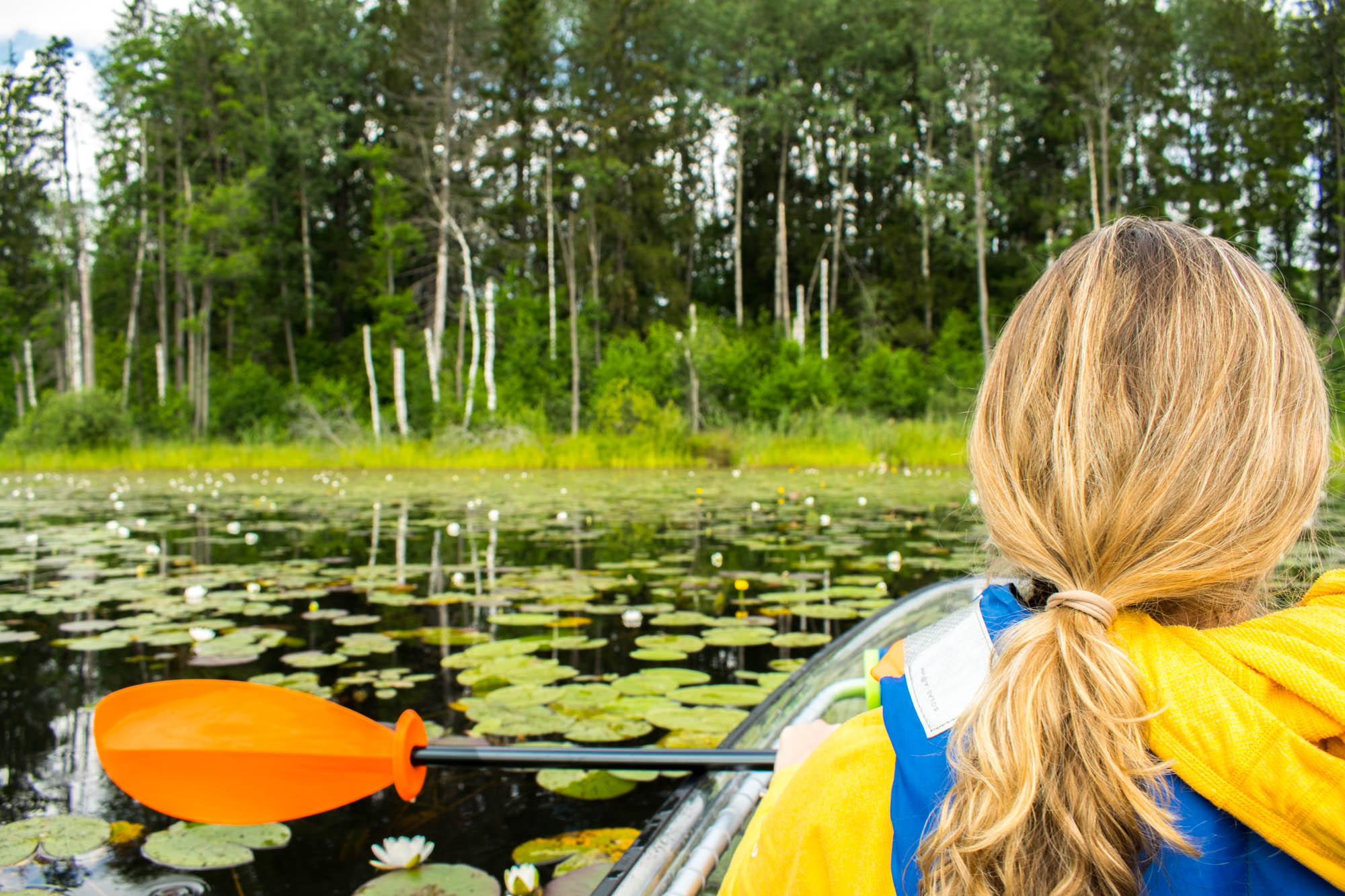
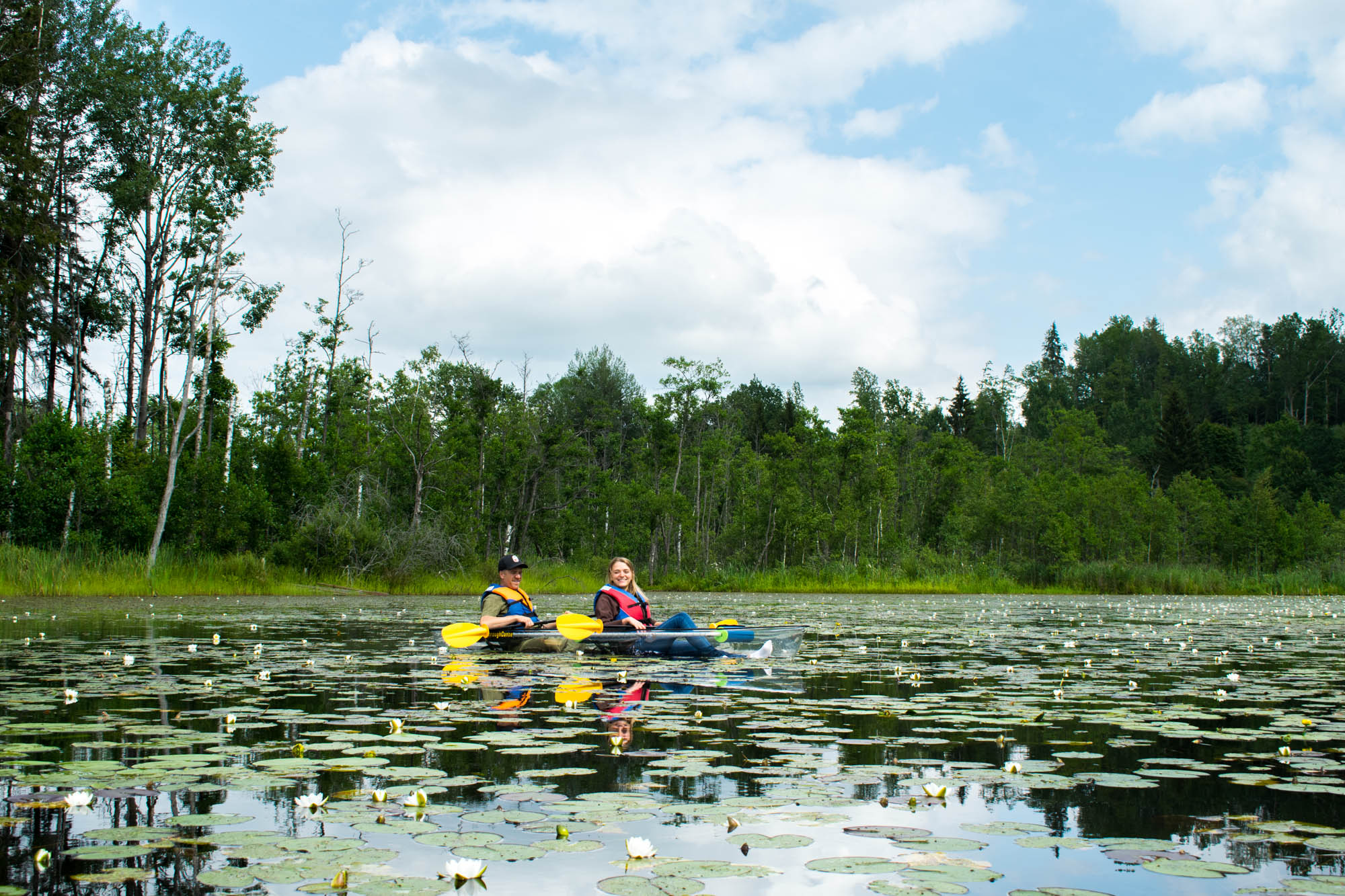
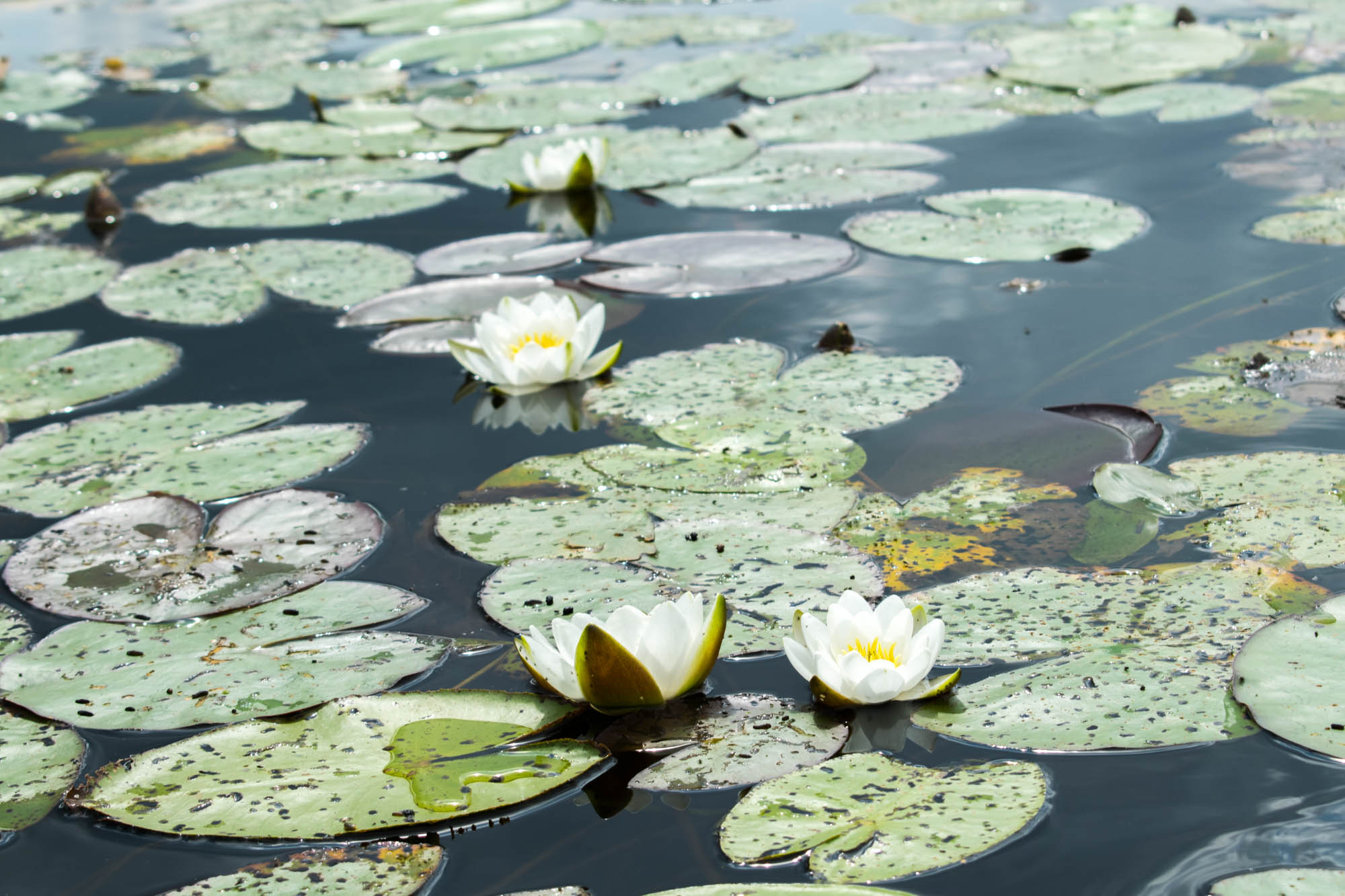
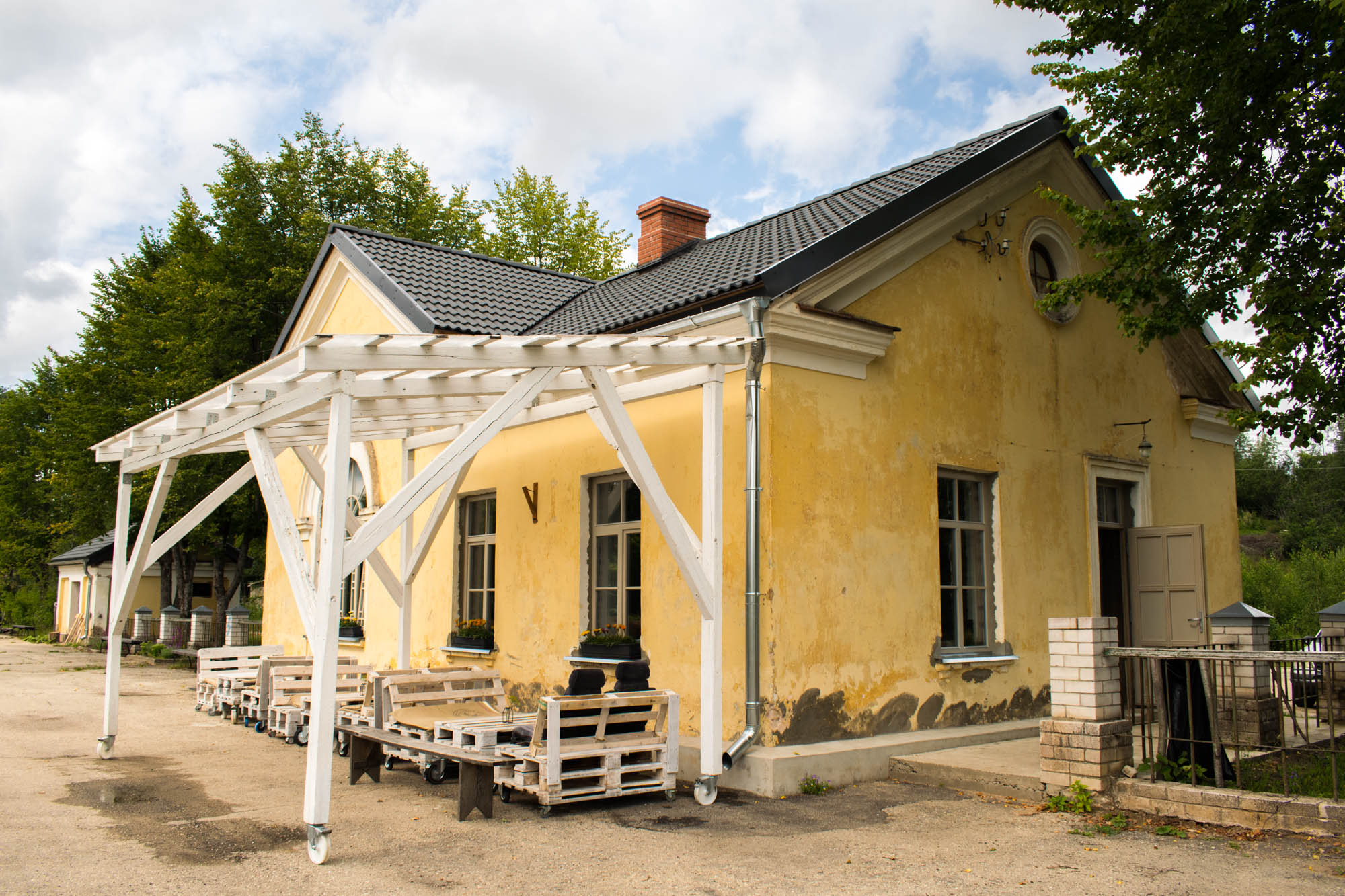
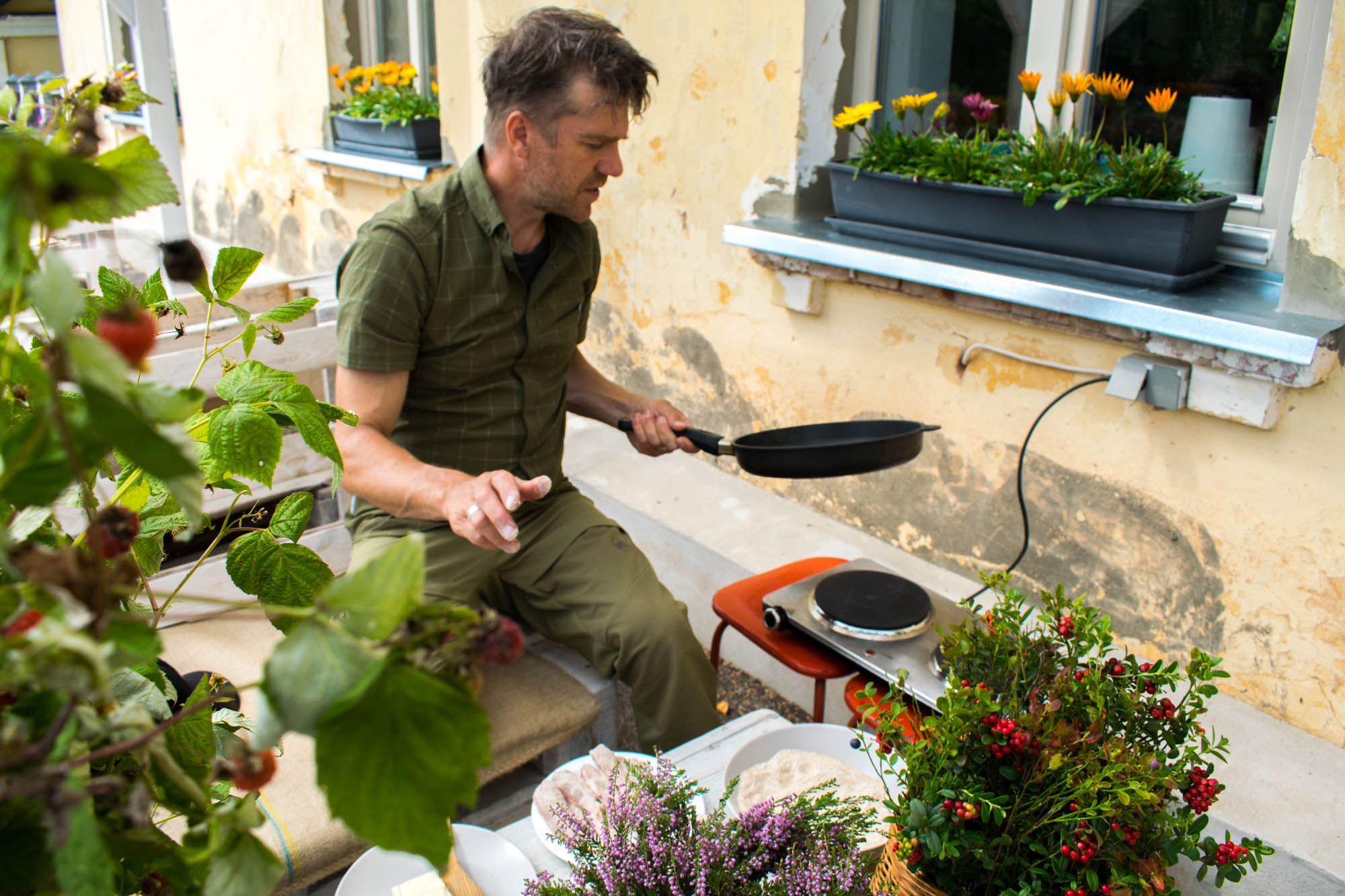
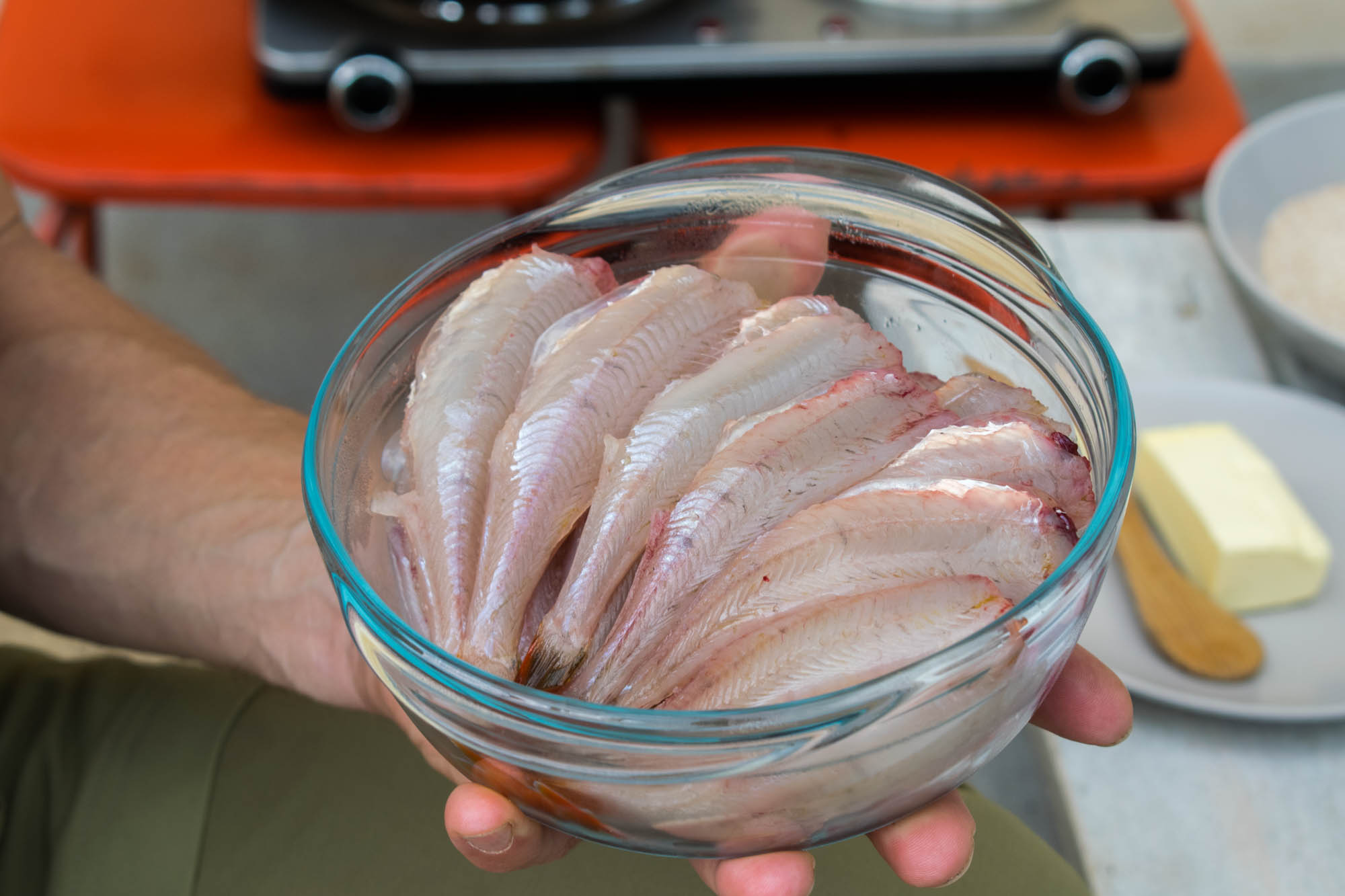
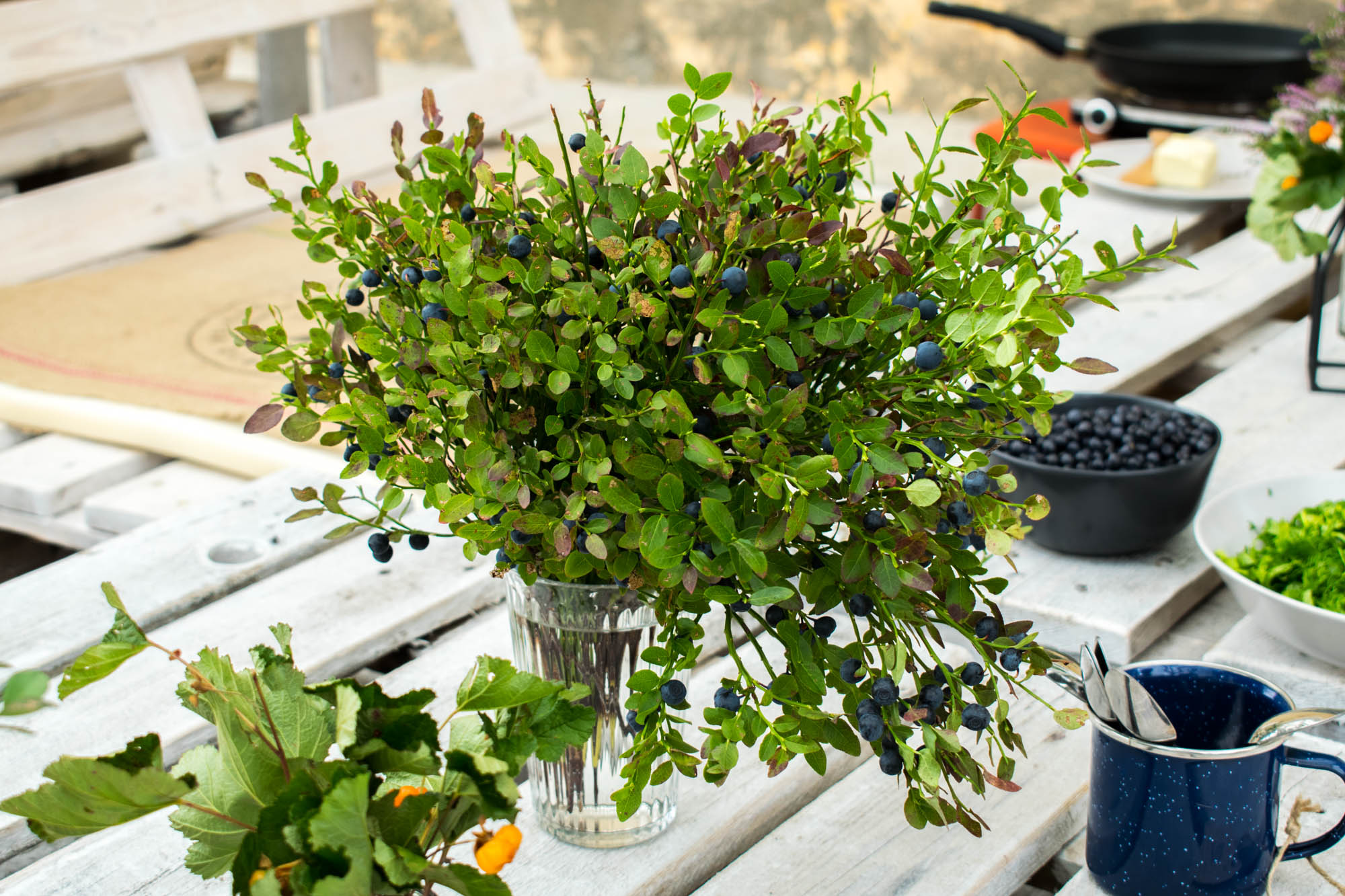
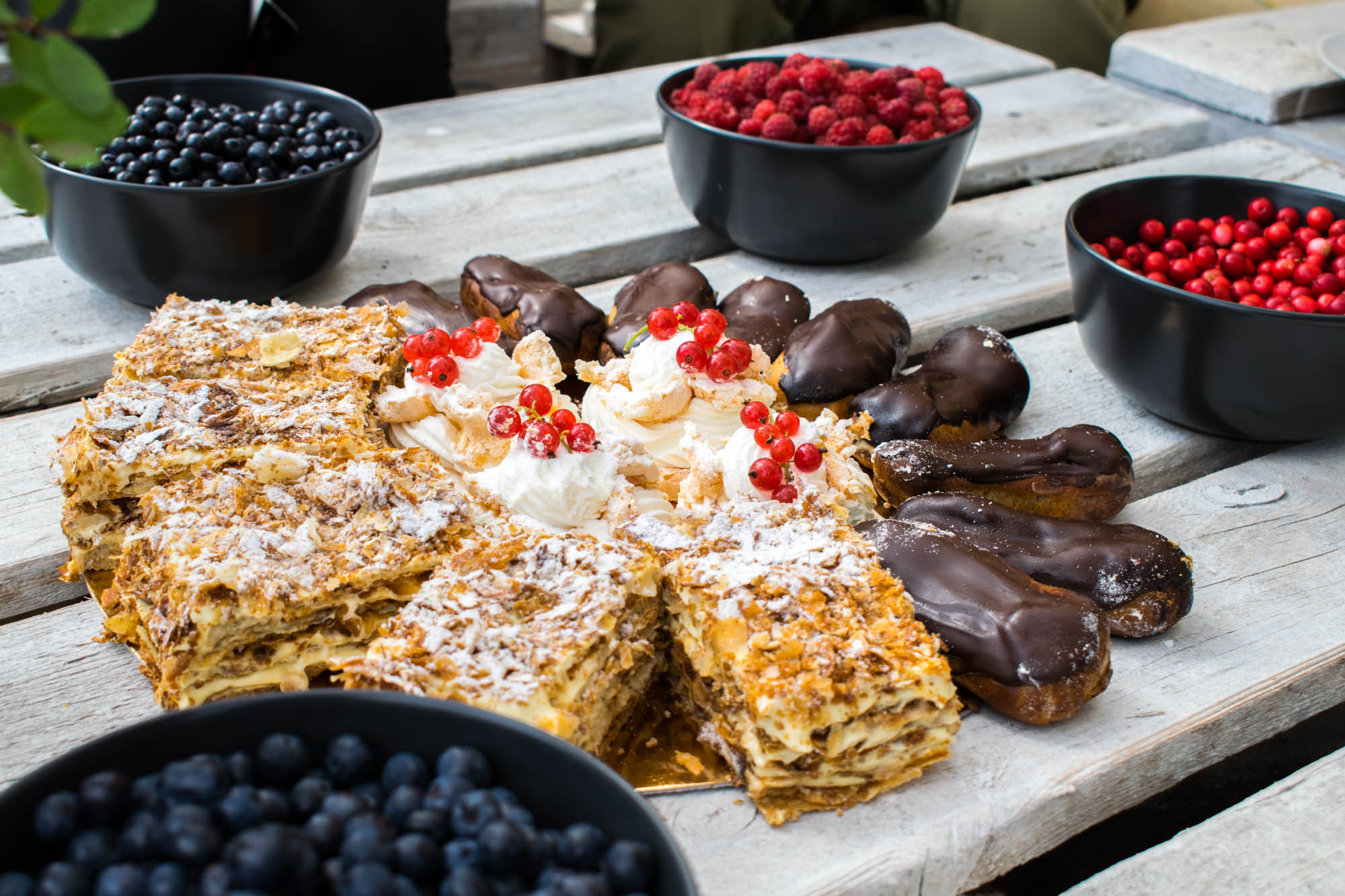
Local Mansions
Did you know that there are more than 1000 mansions and palaces spread around Latvia? During a road trip in this part of the country, you are guaranteed to drive past several of these majestic houses. While some of them are unfortunately derelict, others have been transformed into stylish hotels and fancy office buildings
During the Soviet Era, these mansions were seen as a symbol of Capitalism and many were therefore forced to leave their homes behind. Today, these mansions are historical mementos of the pre-Soviet Latvia, and by spending the night in one you can get a good glimpse of a different side of Latvian culture and history.
During this journey, we had booked one night at Igates Pils. This is one such mansion which has been transformed into a majestic hotel. The grounds consists of a stunning park, hidden paths, a few fountains and a beautiful lake. Very idyllic, in other words!
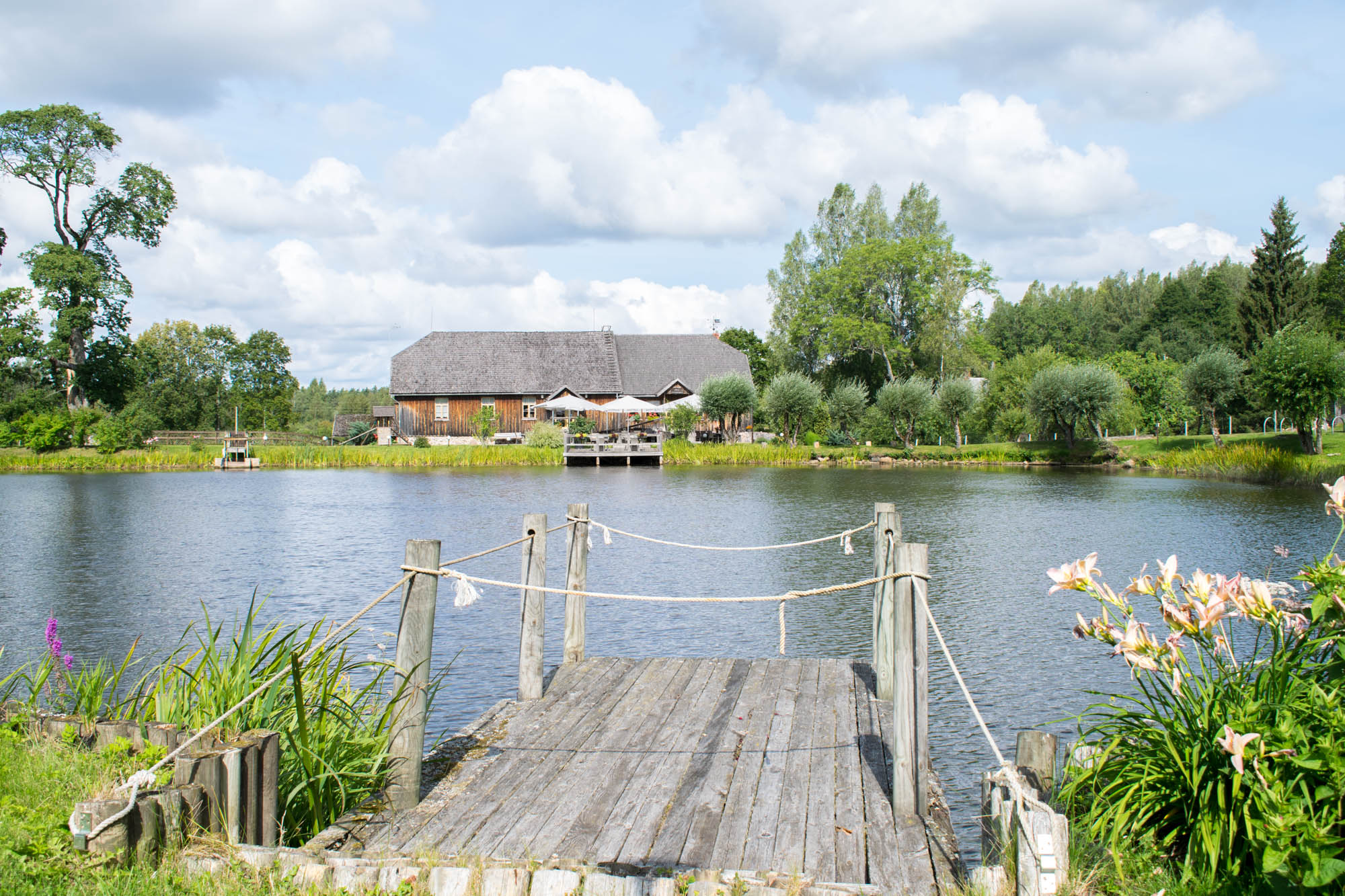
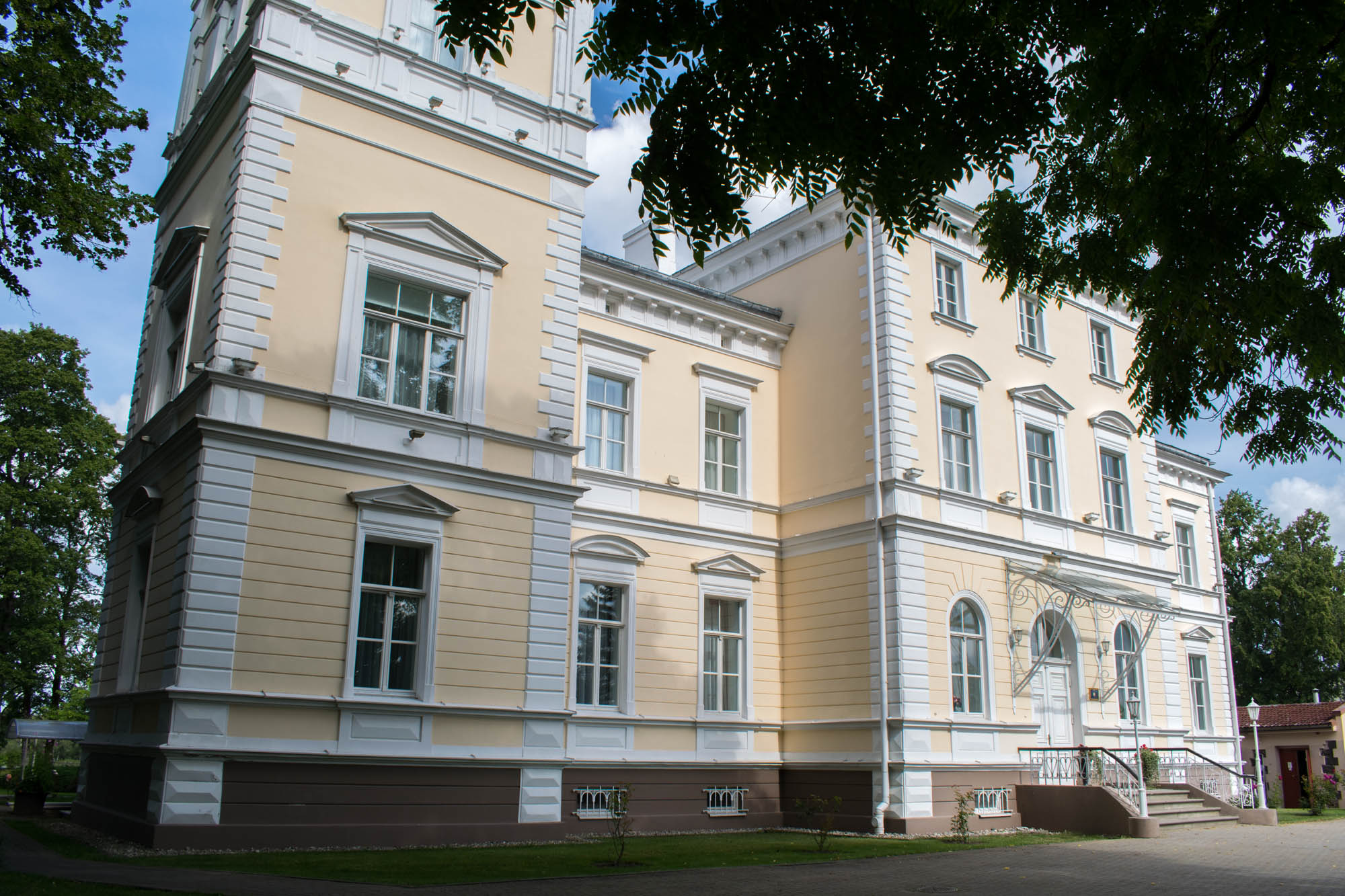
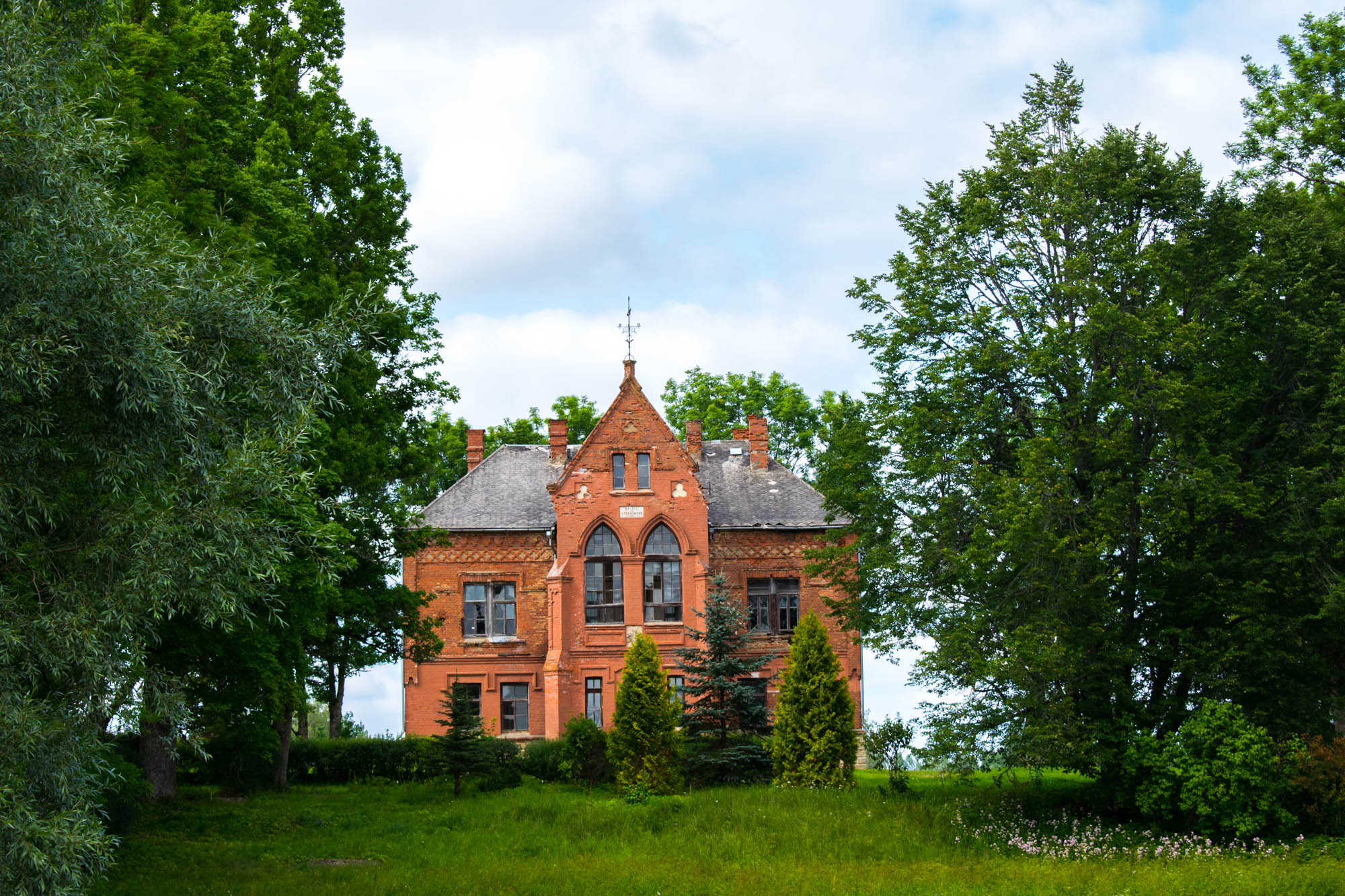
Plan Your Road trip in Guaja National Park in Latvia
By now, I have hopefully tempted you into following the same route as me and discover the stunning areas around Guaja National Park. We collaborated closely with Latvia Travel, and you can find plenty of information and travel recommendations on their website. Guaja National Park also offer a travel planner on their website, and there you can find lots of exciting suggestions and a route planner that will guarantee that your Latvian holiday is a success.

This road trip was arranged in collaboration with Magnetic Latvia in order to showcase the varied nature, culture and history of Latvia. As always, all opinions are my own.
This post is also available in: Norsk bokmål







